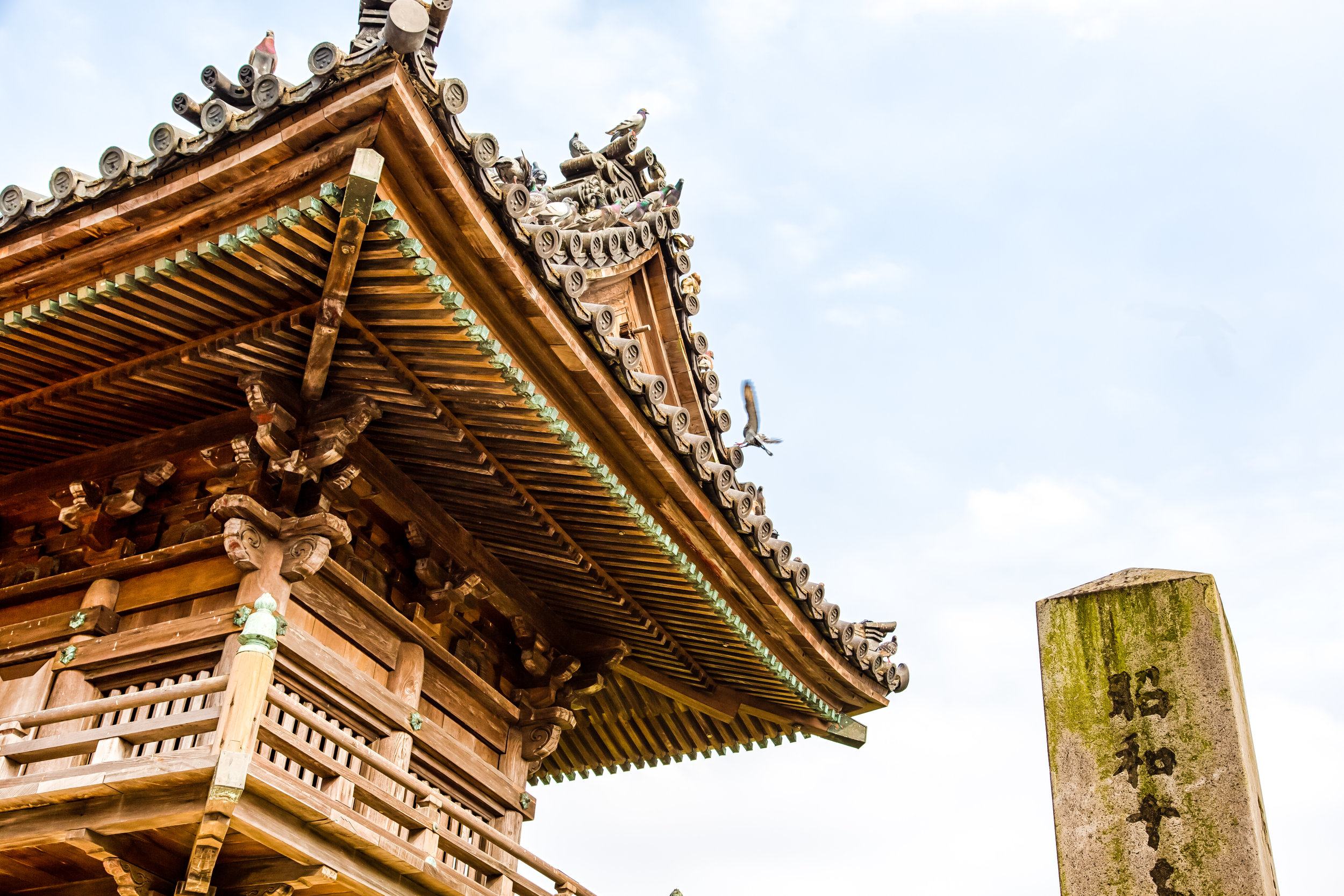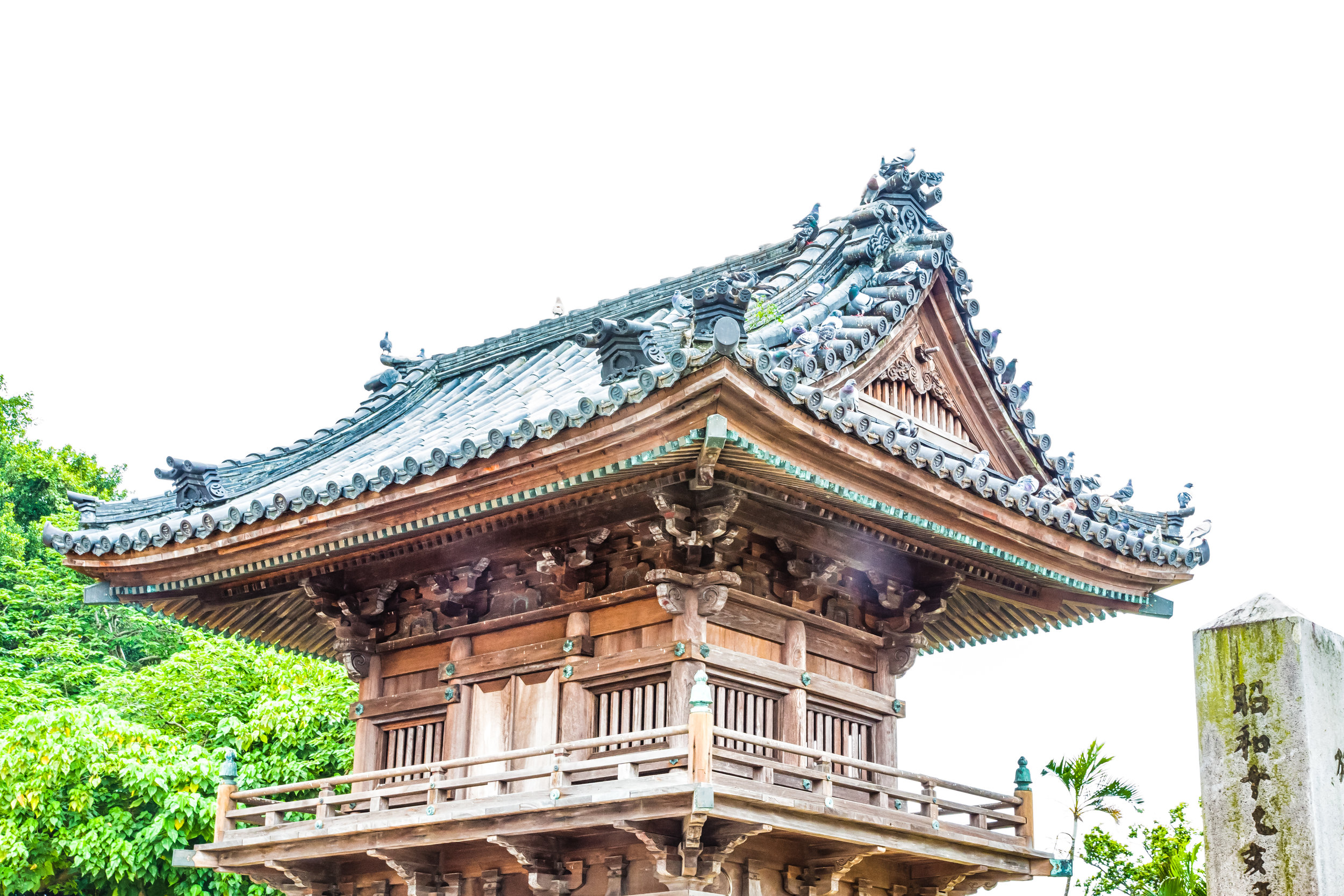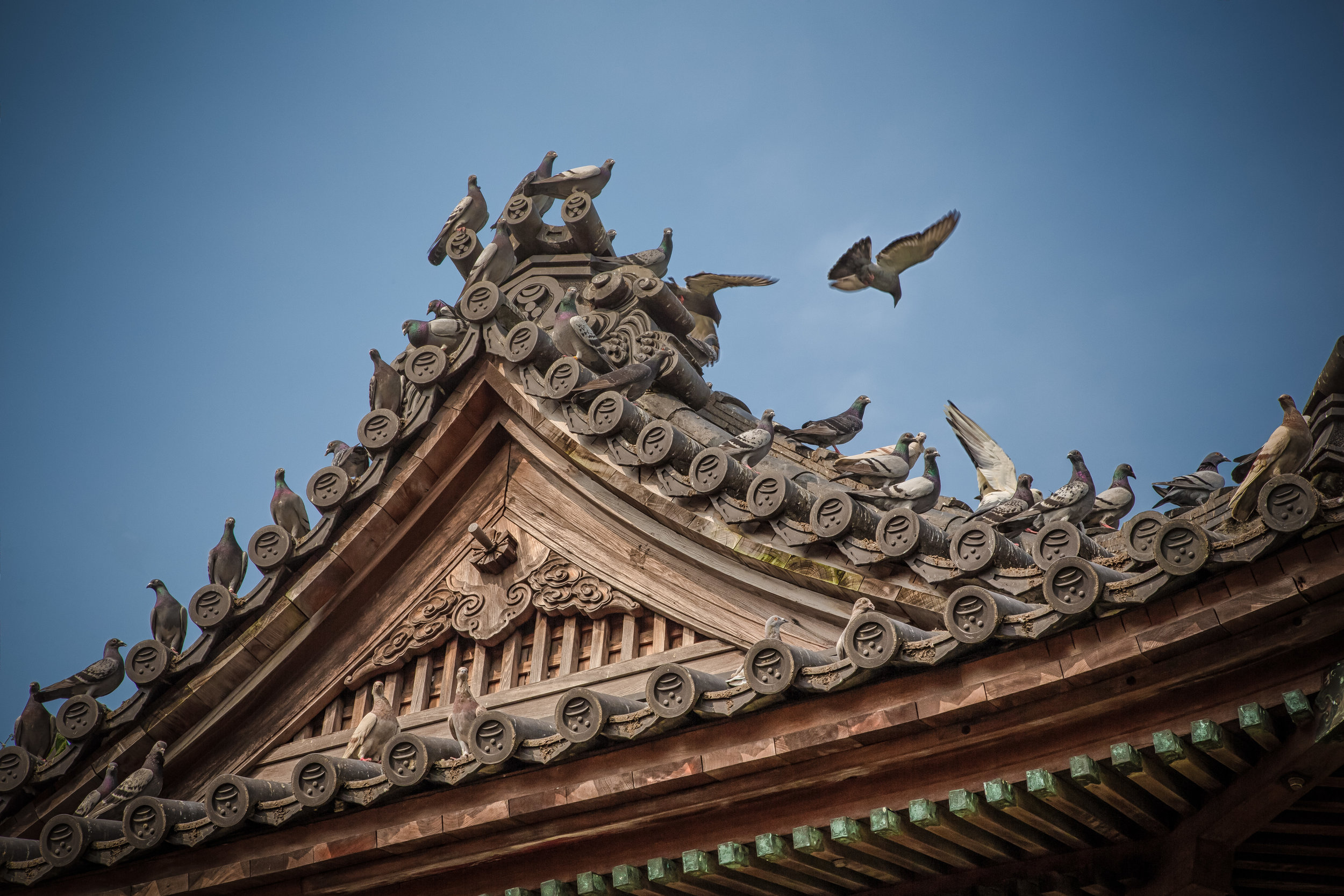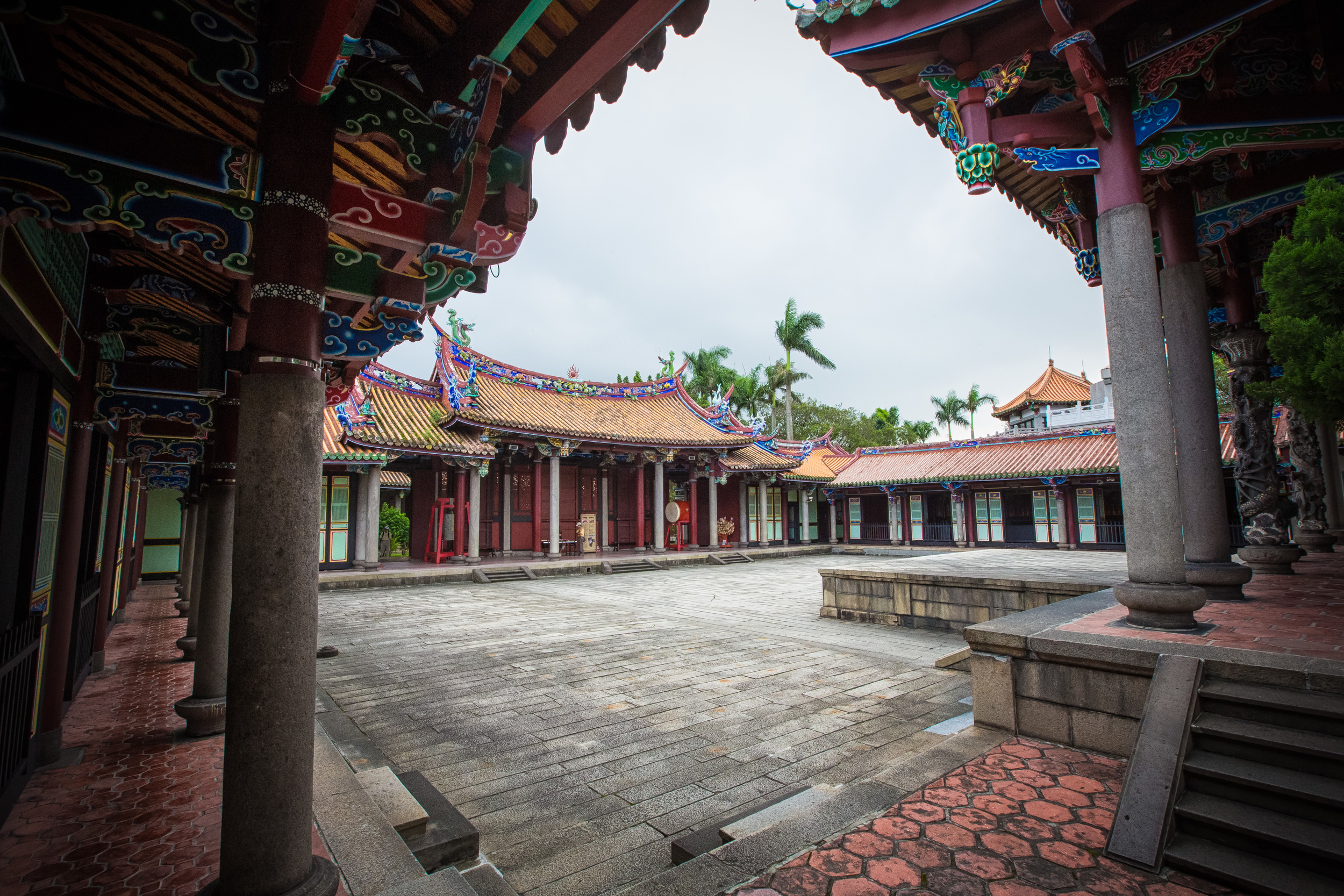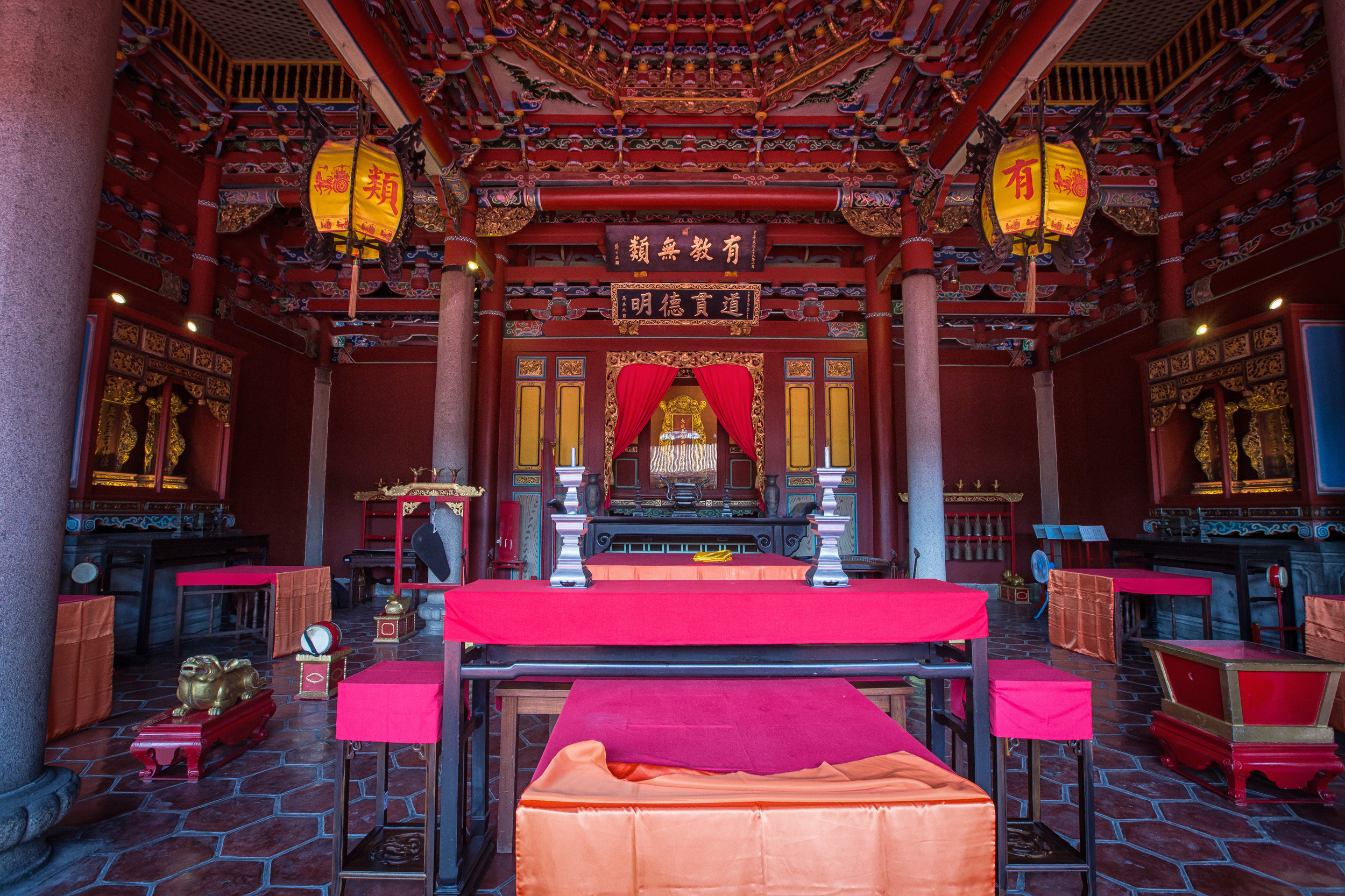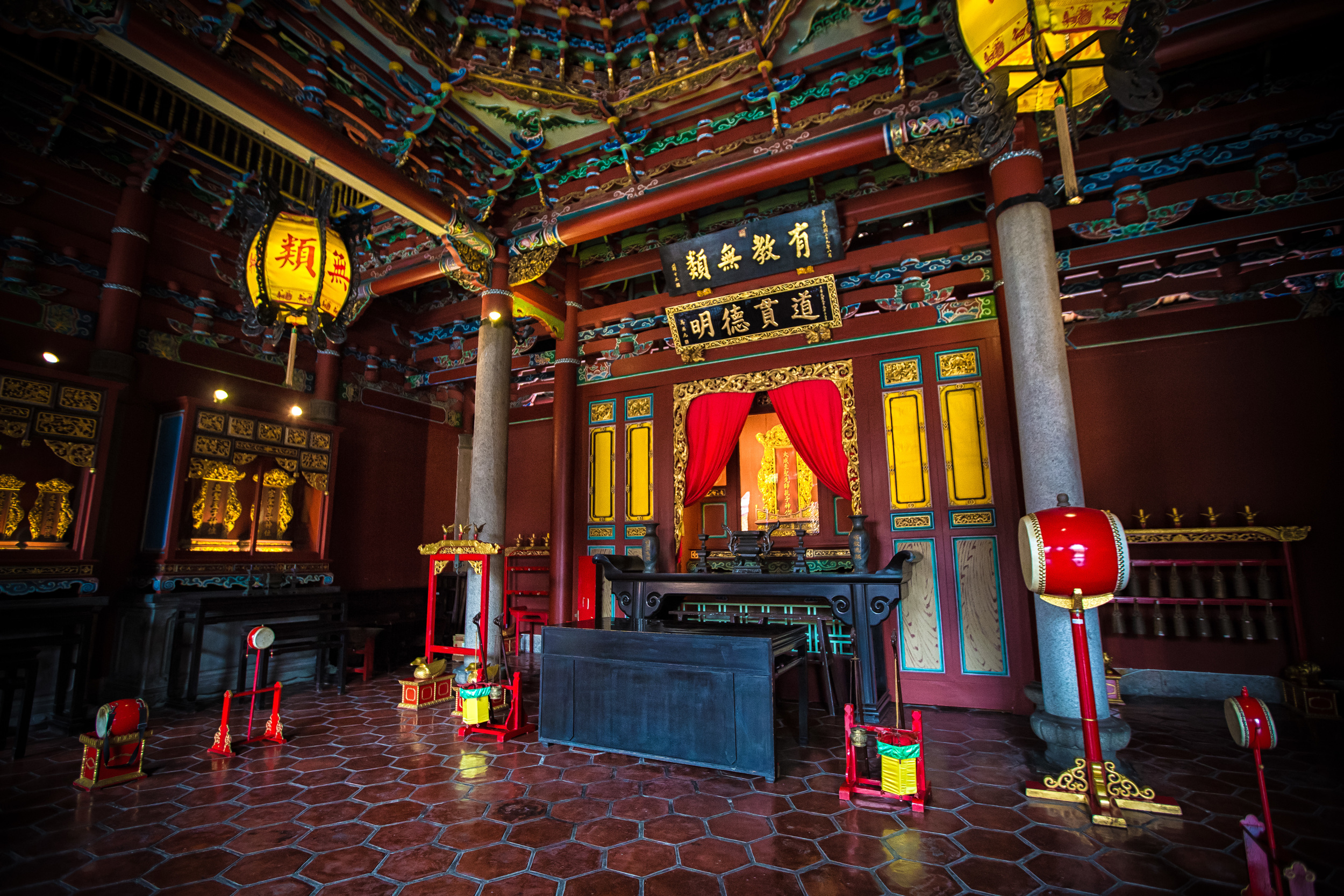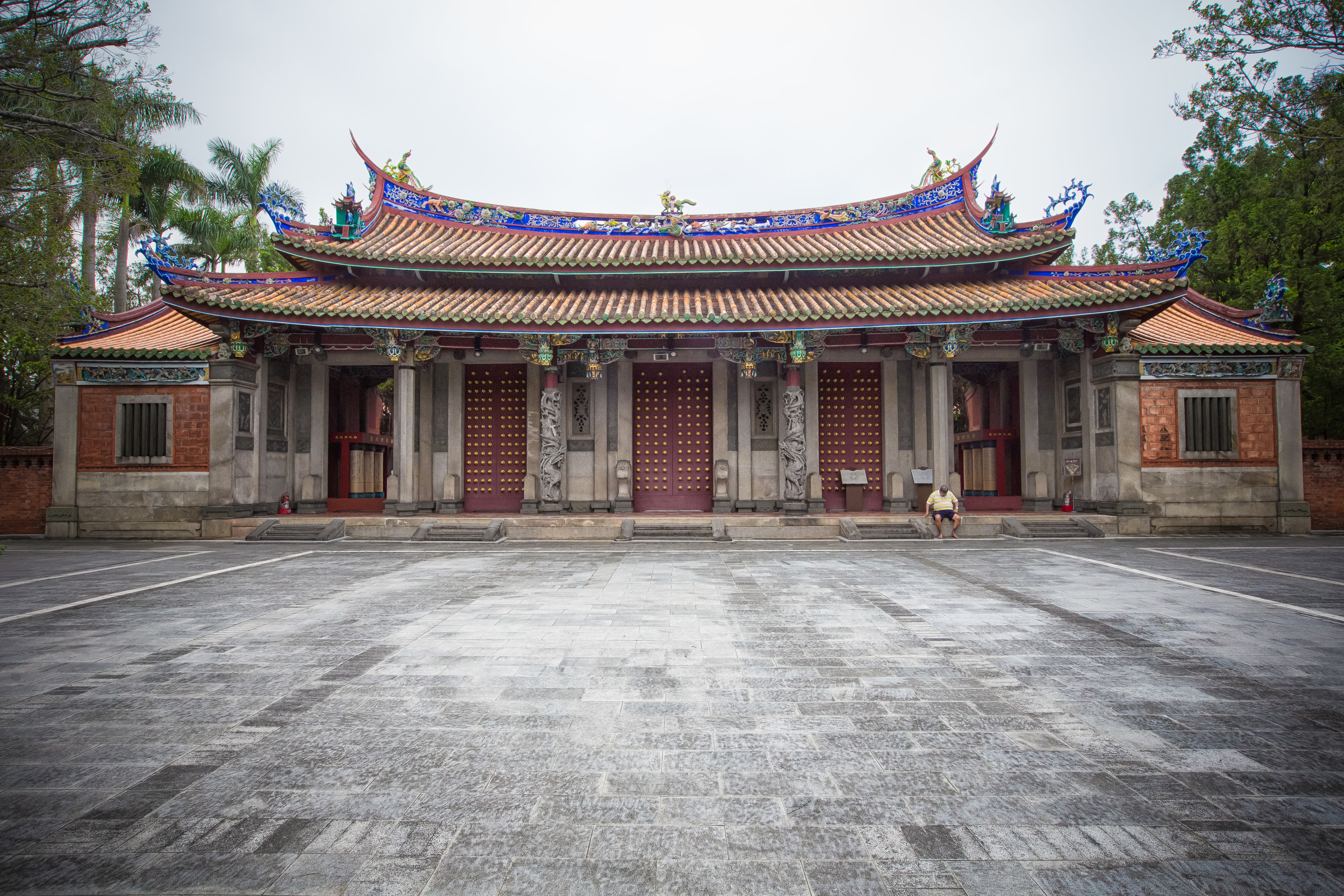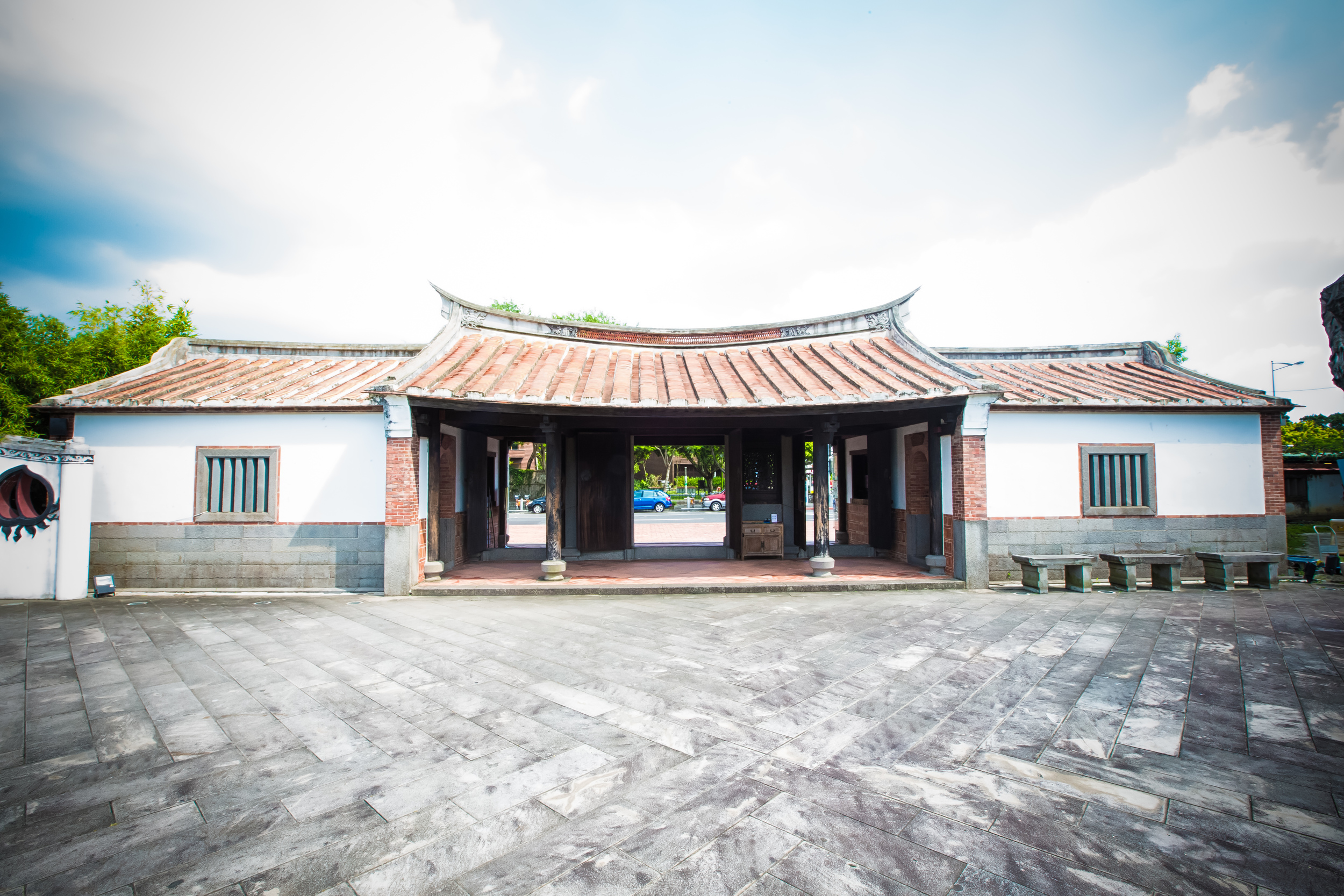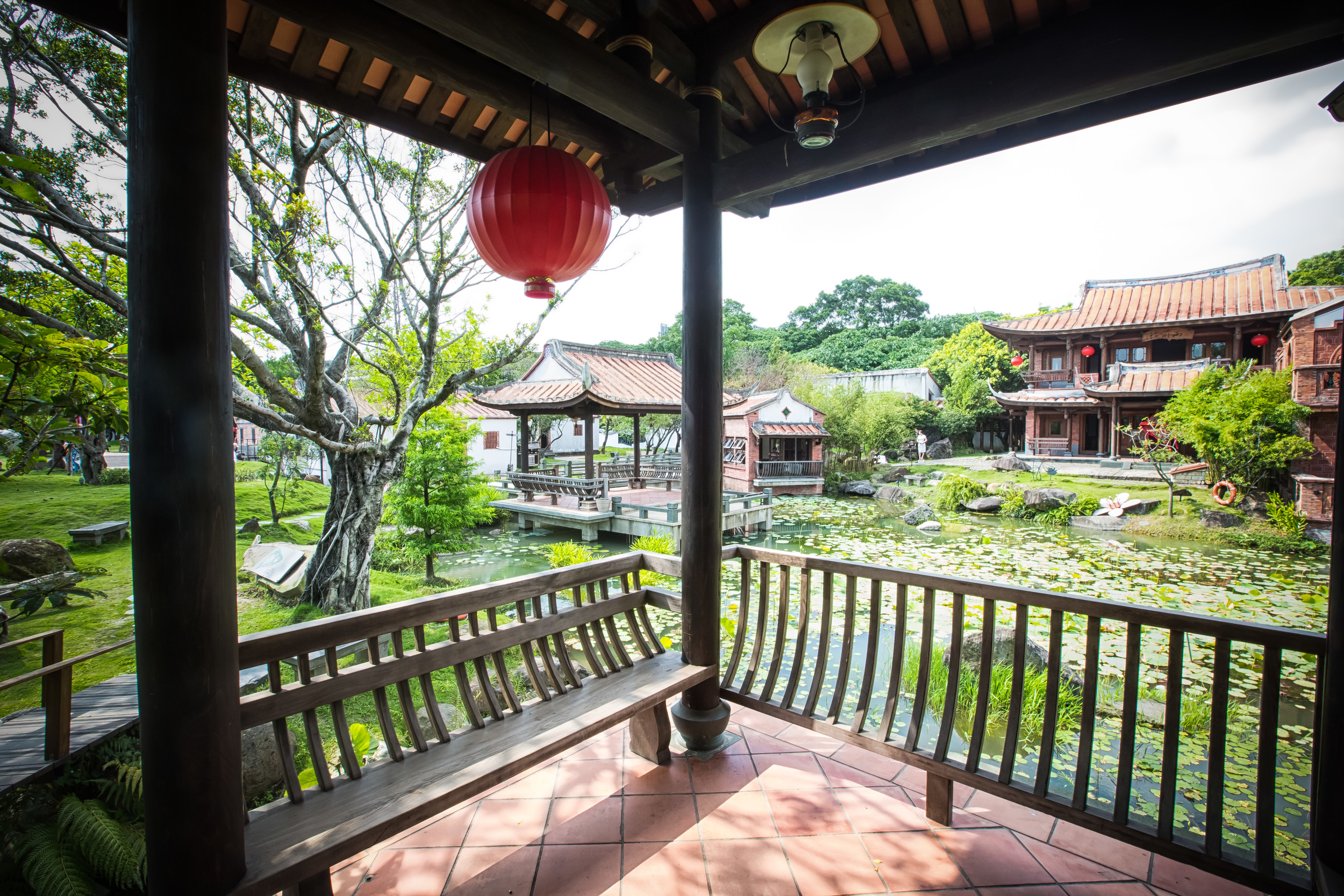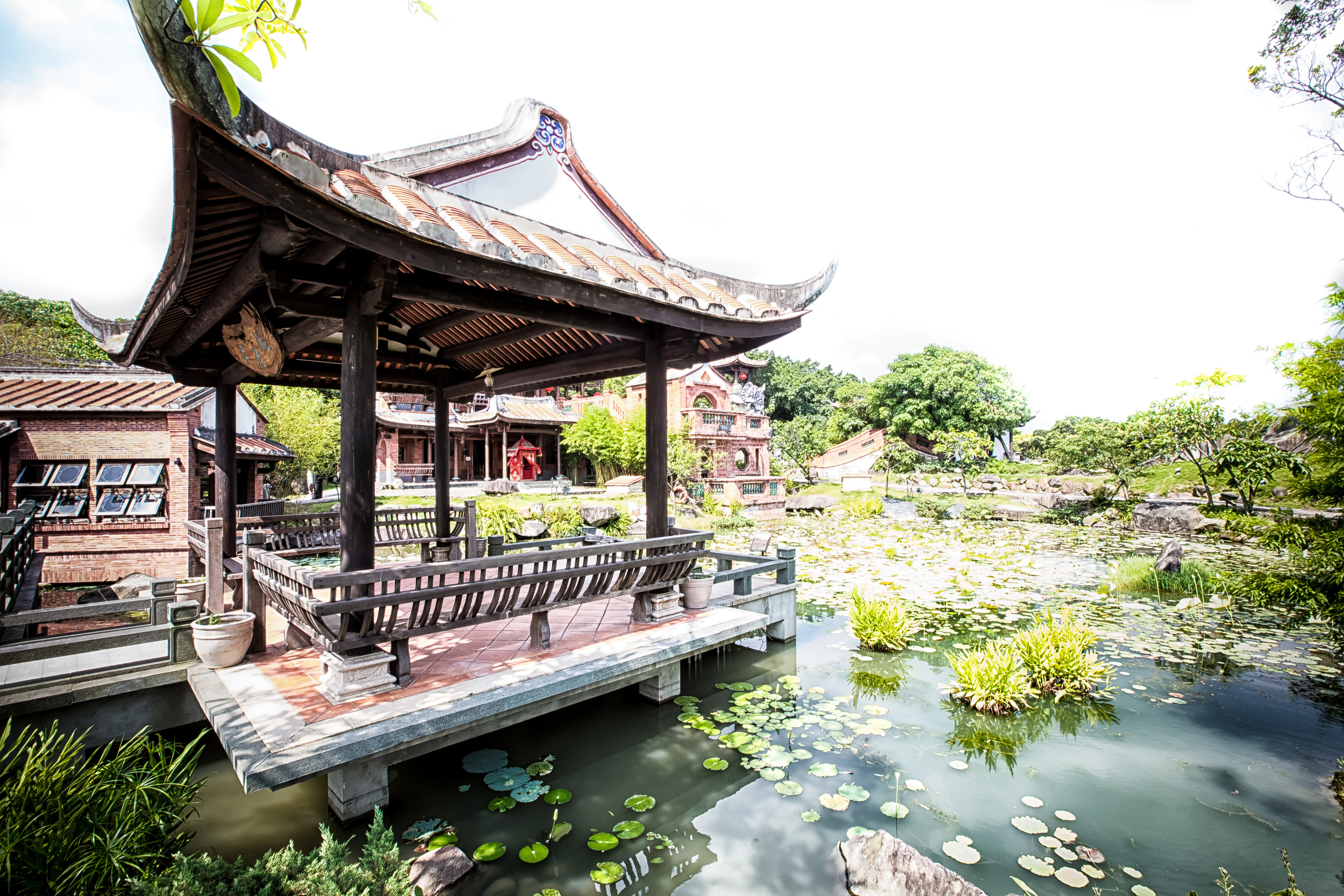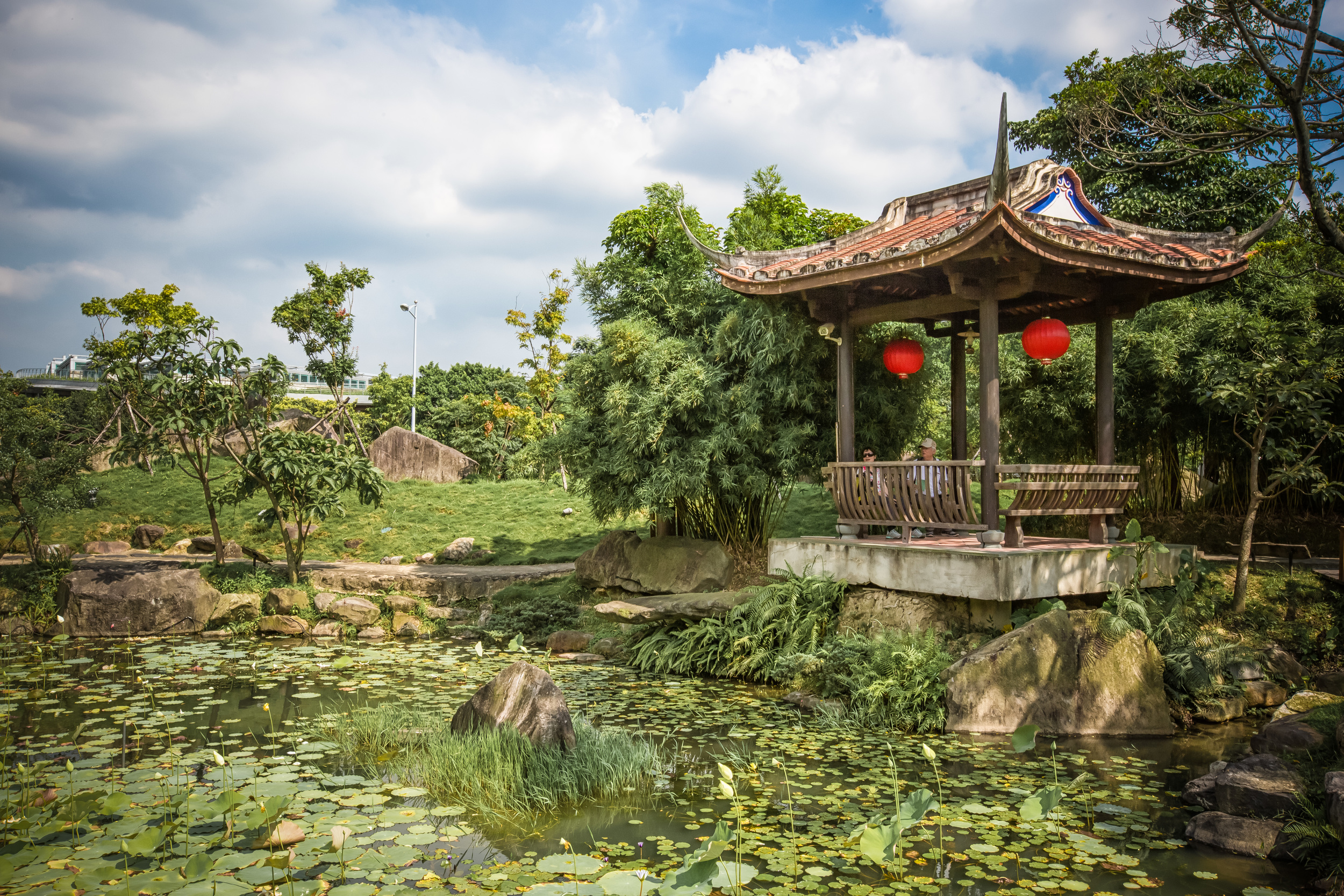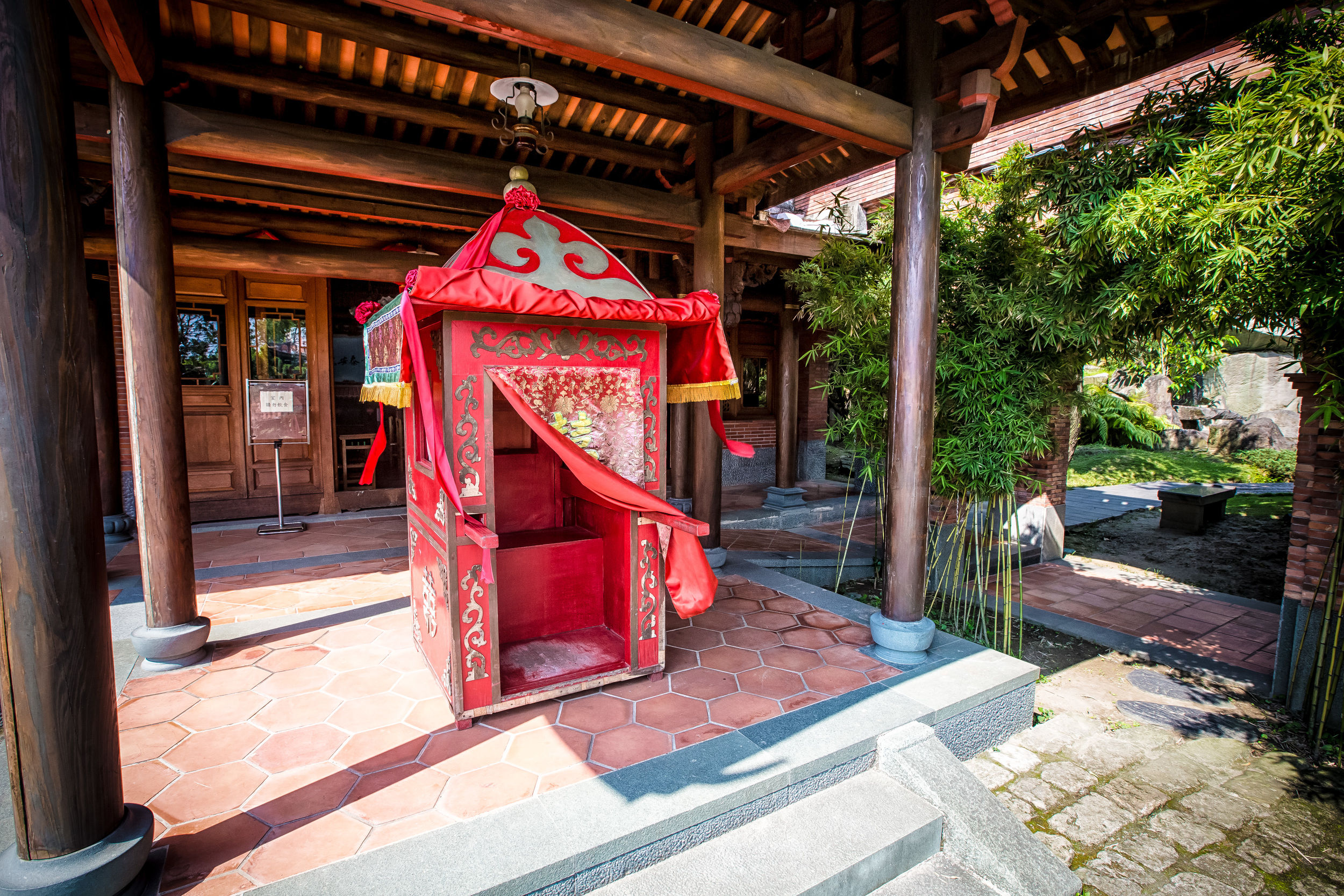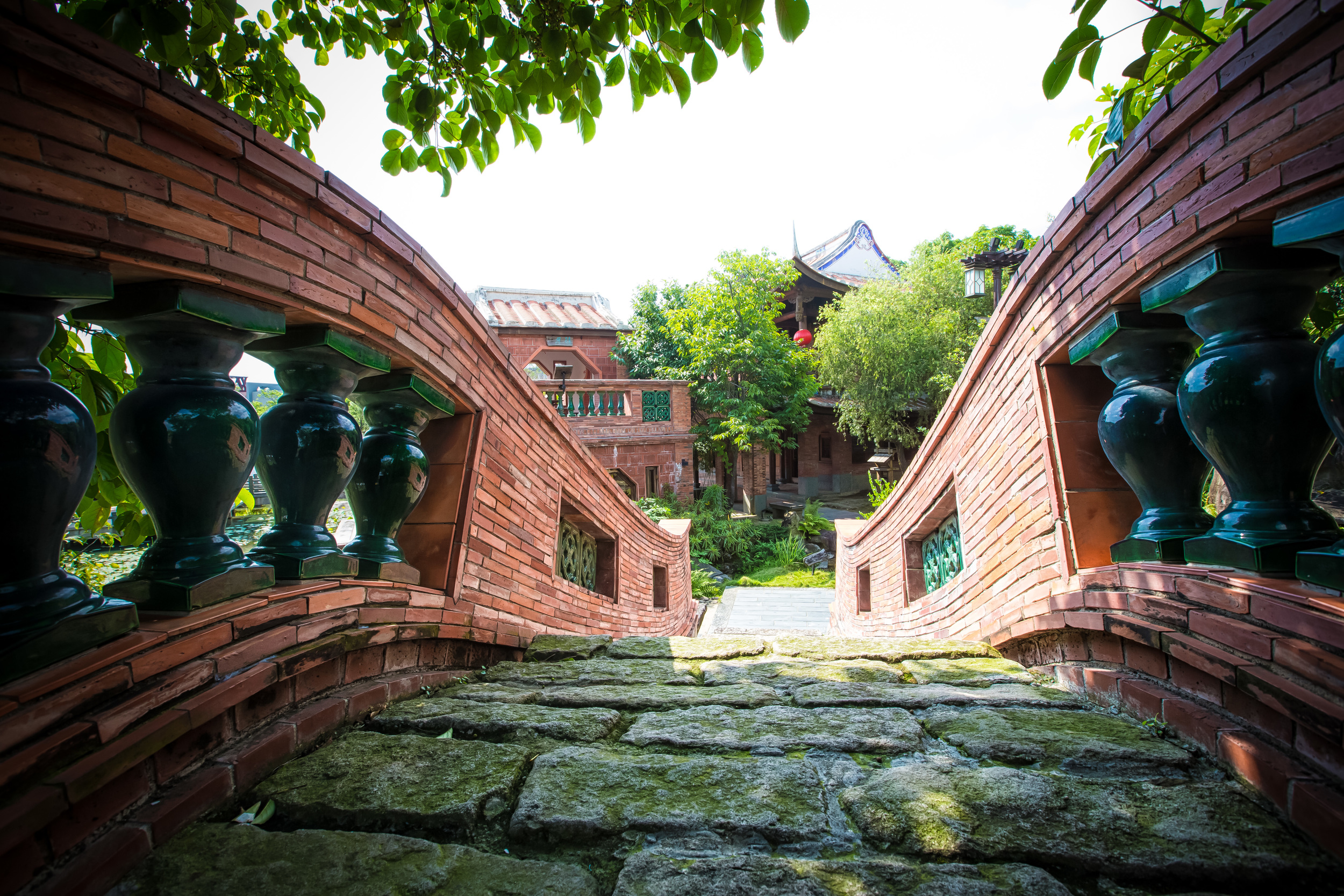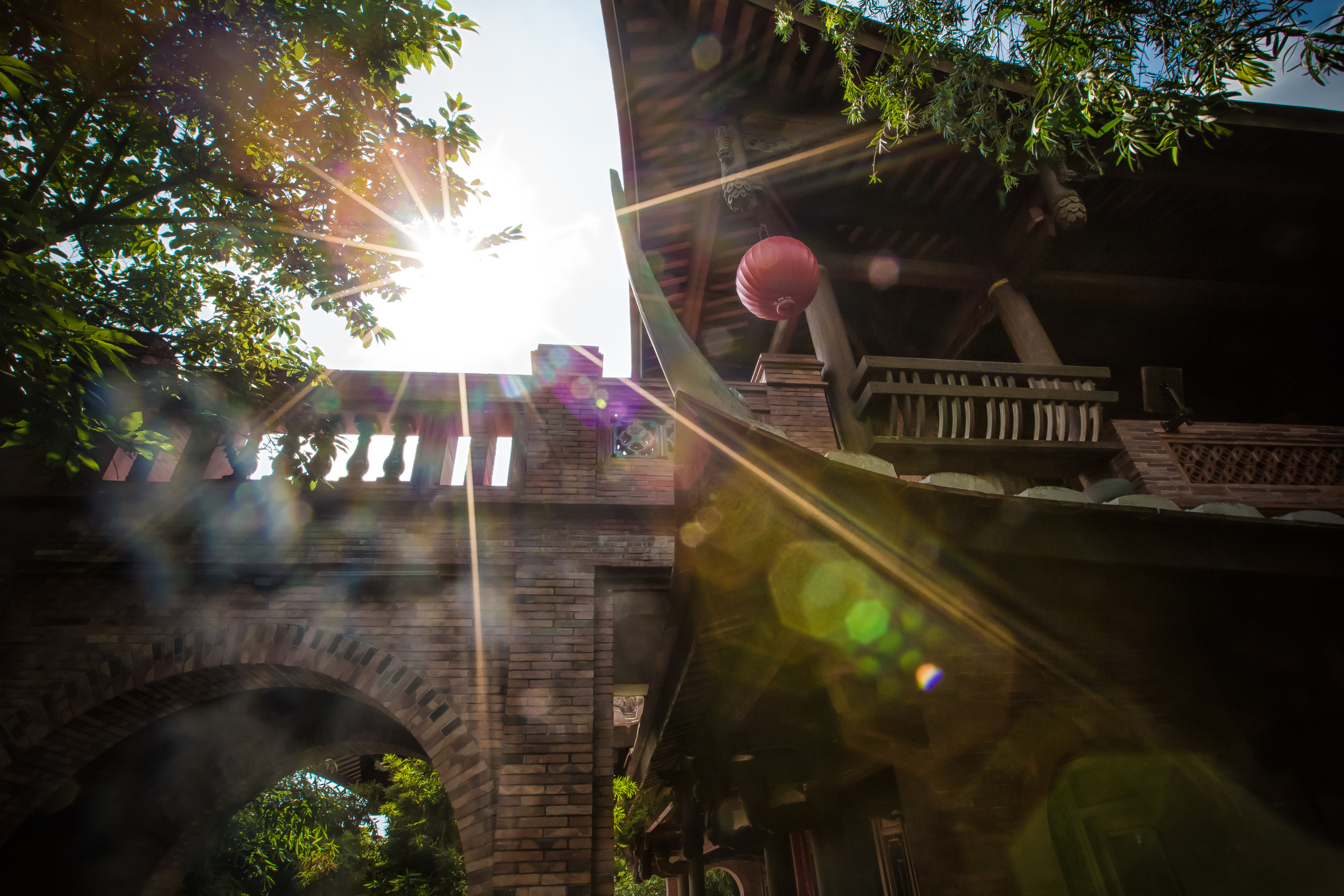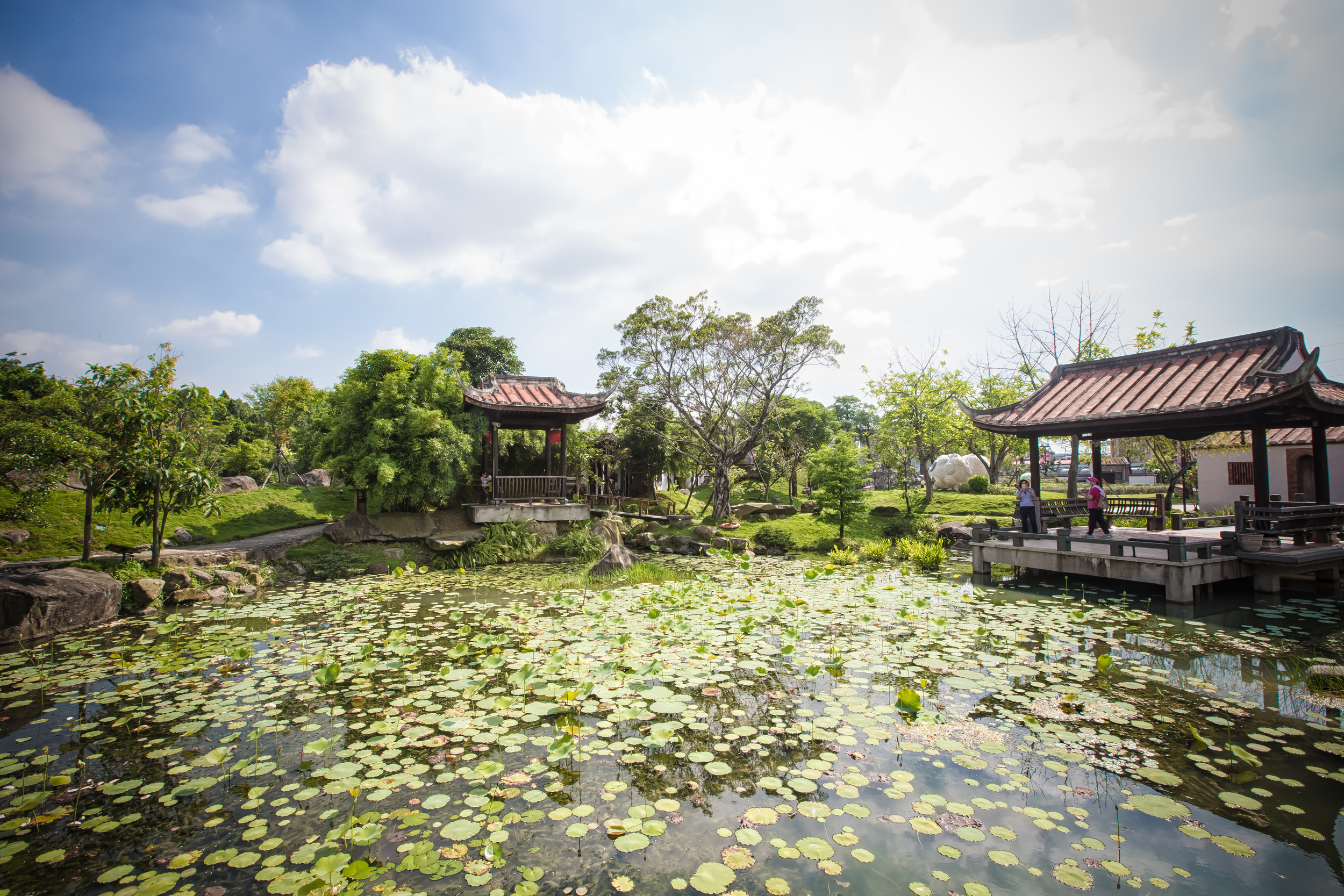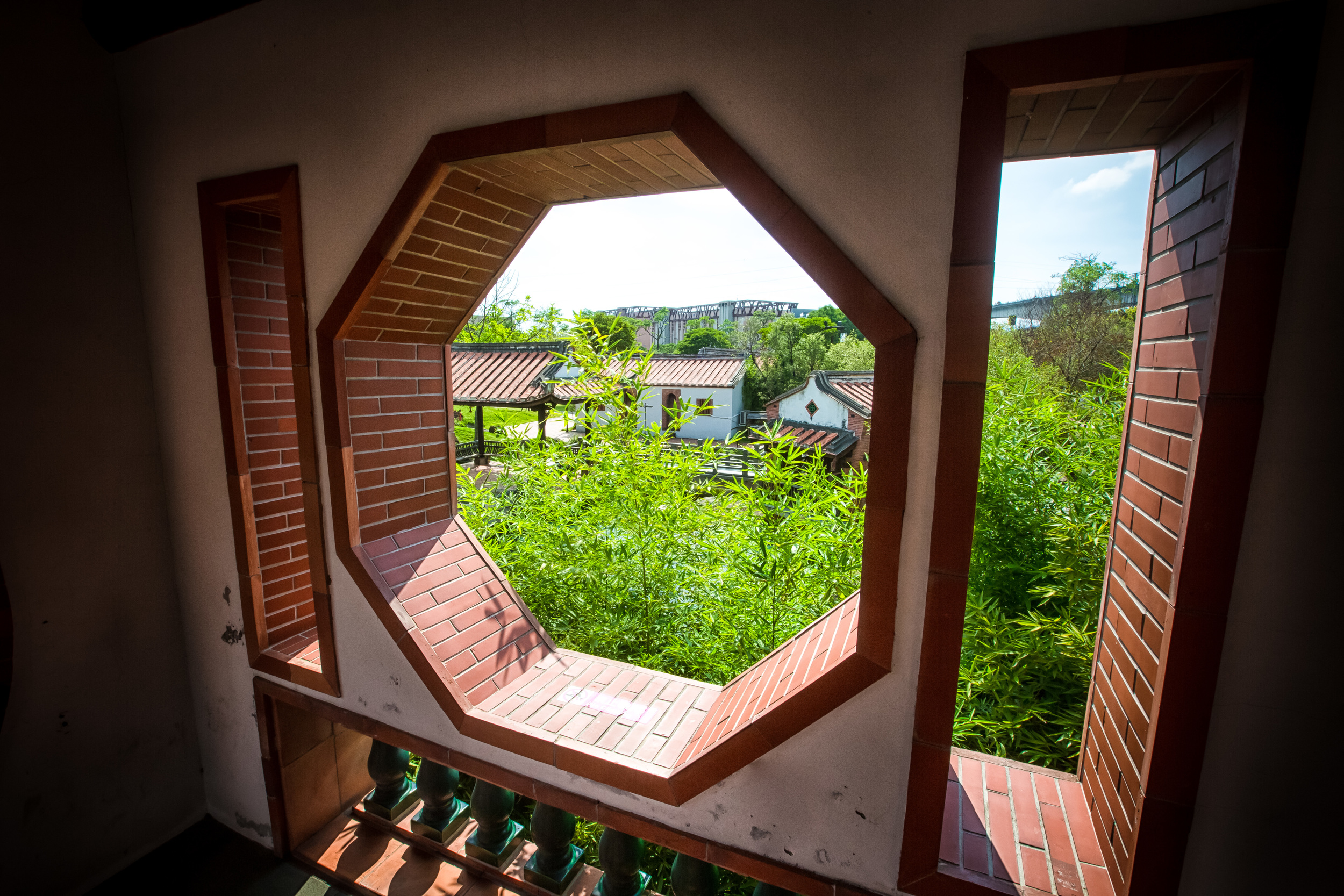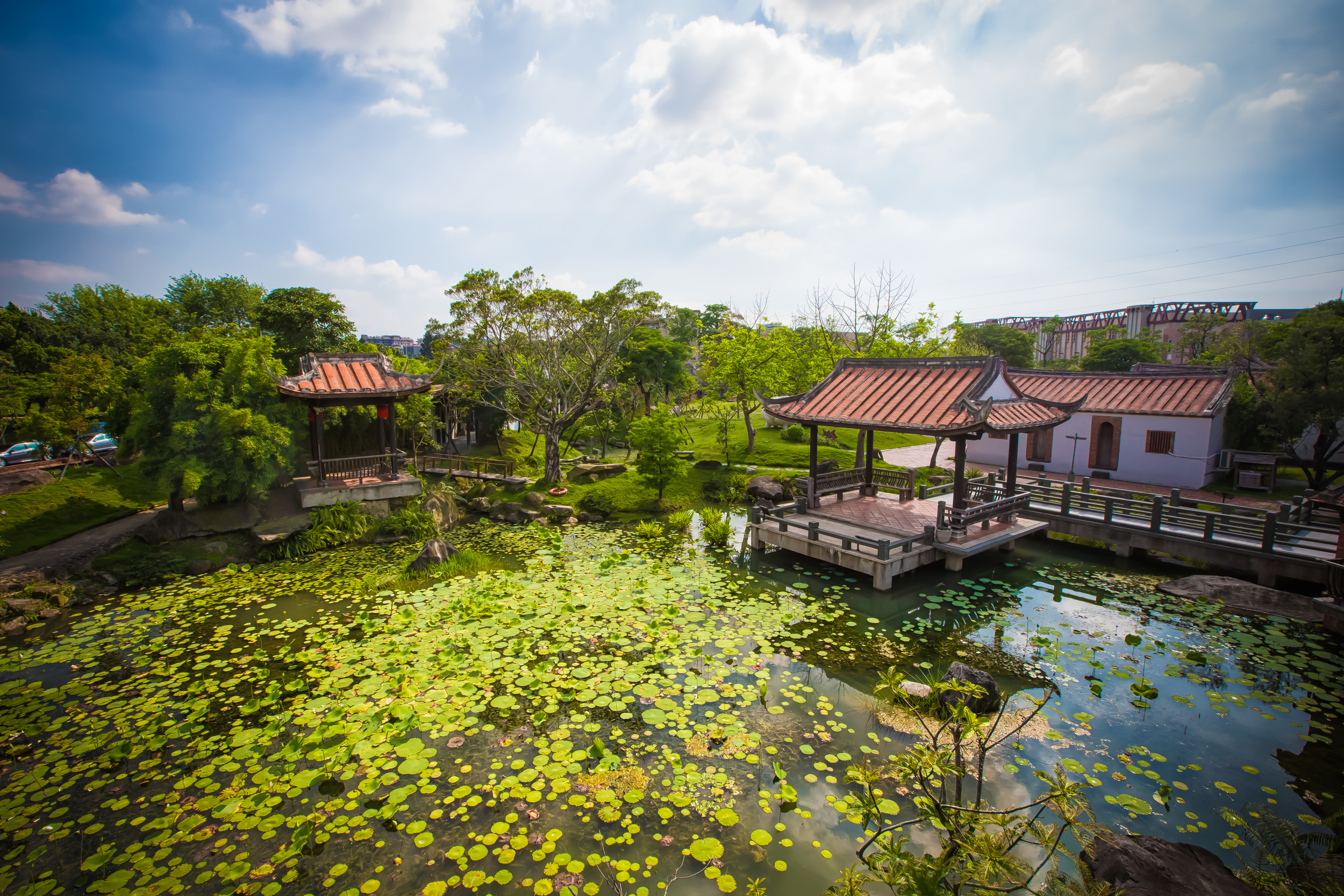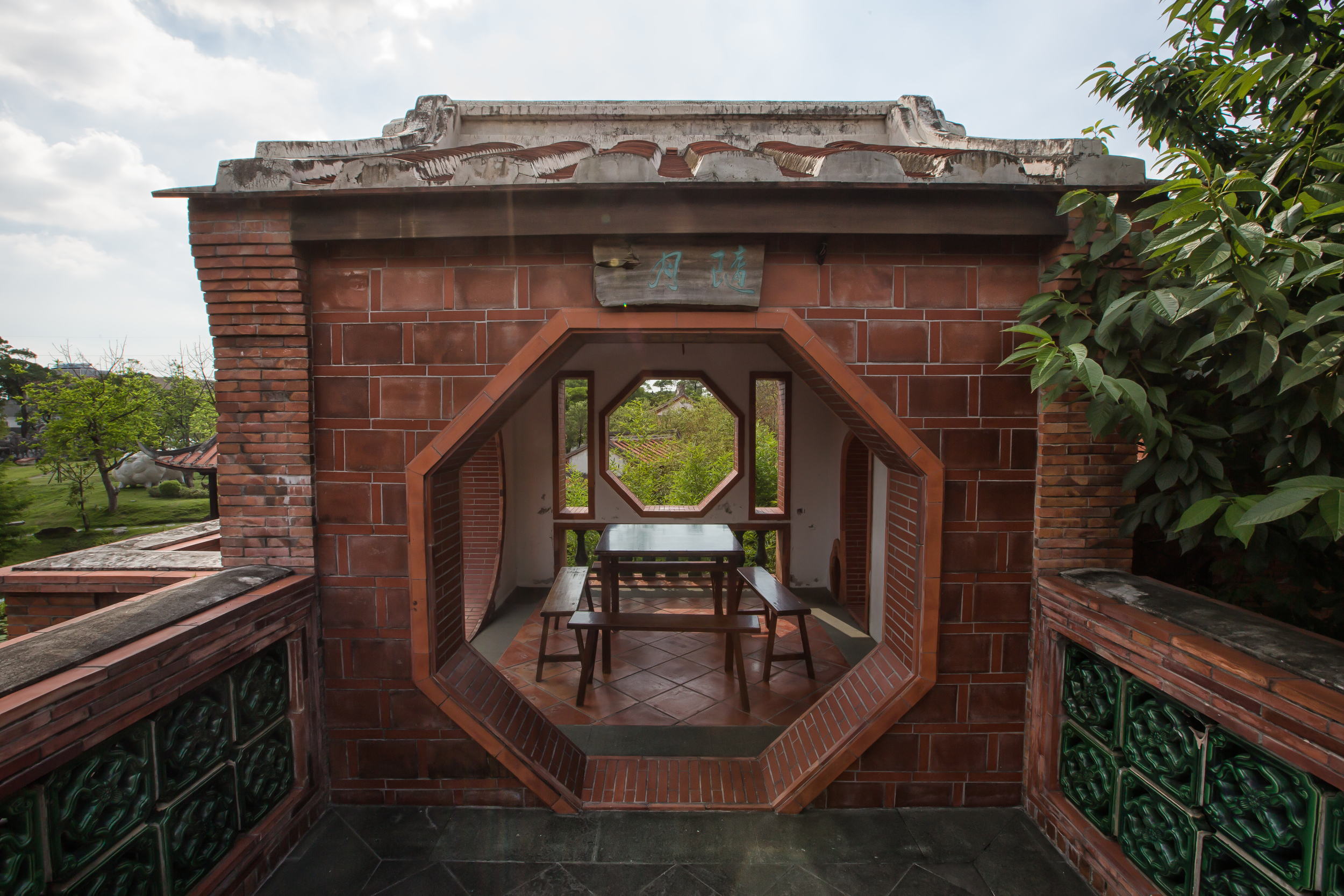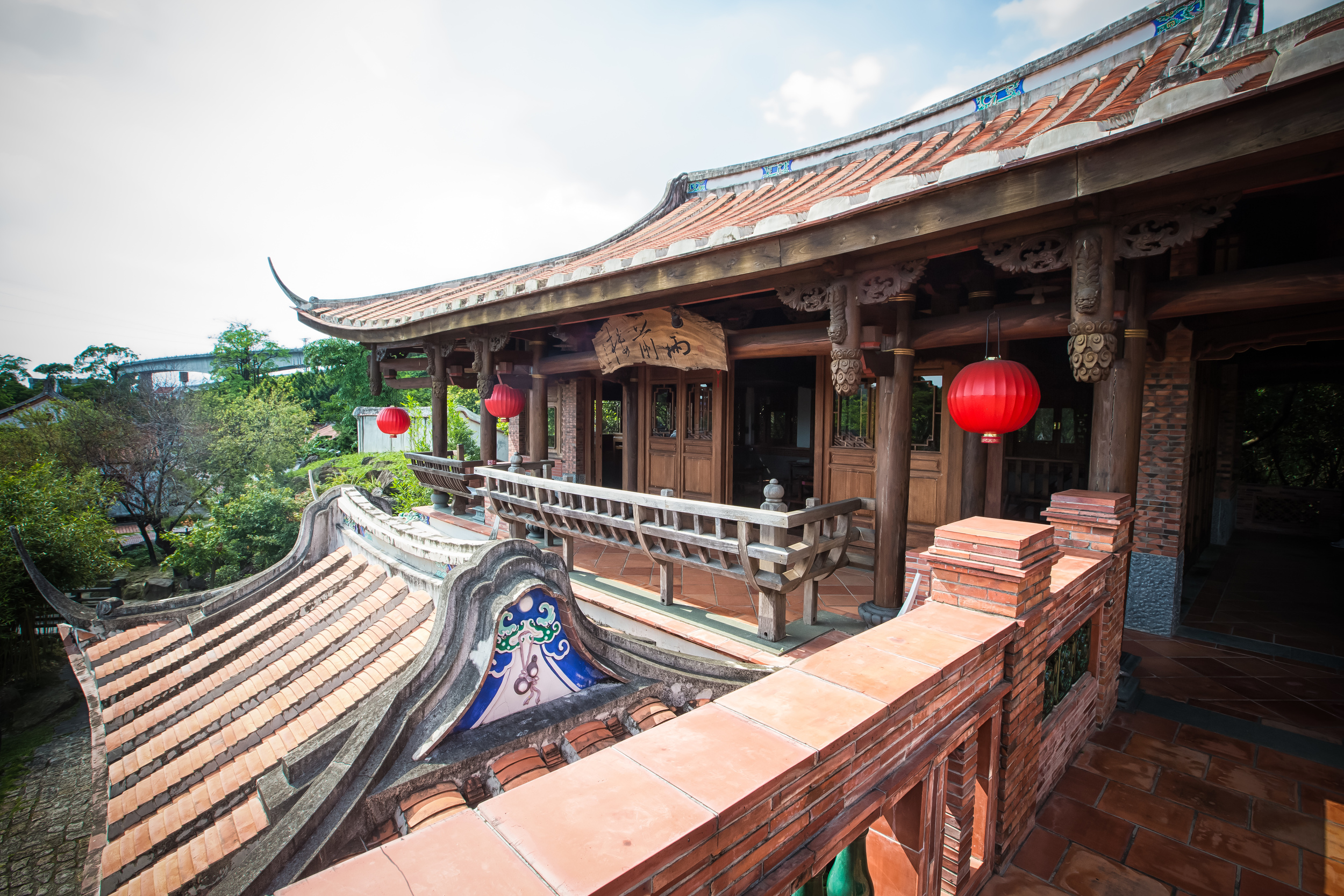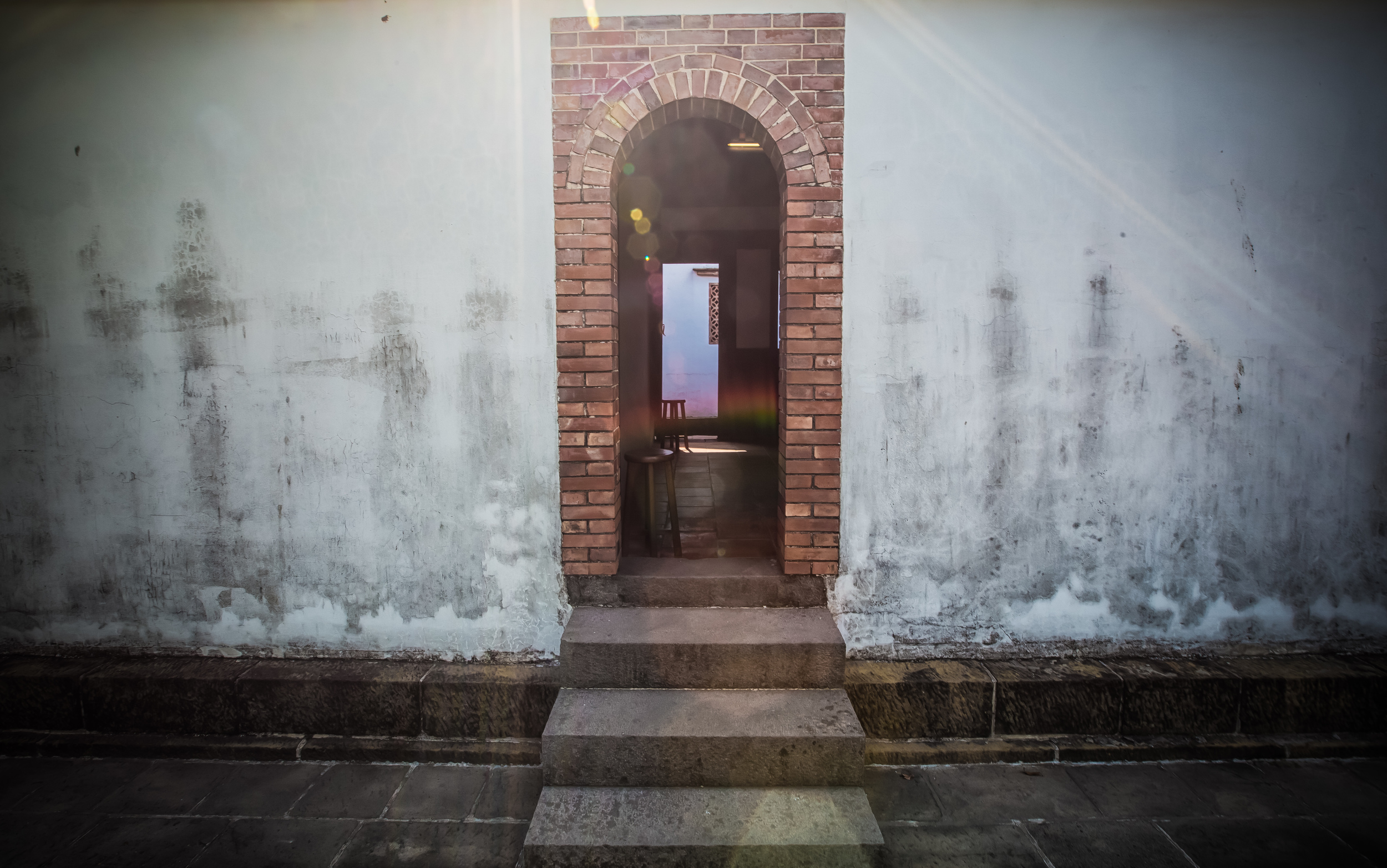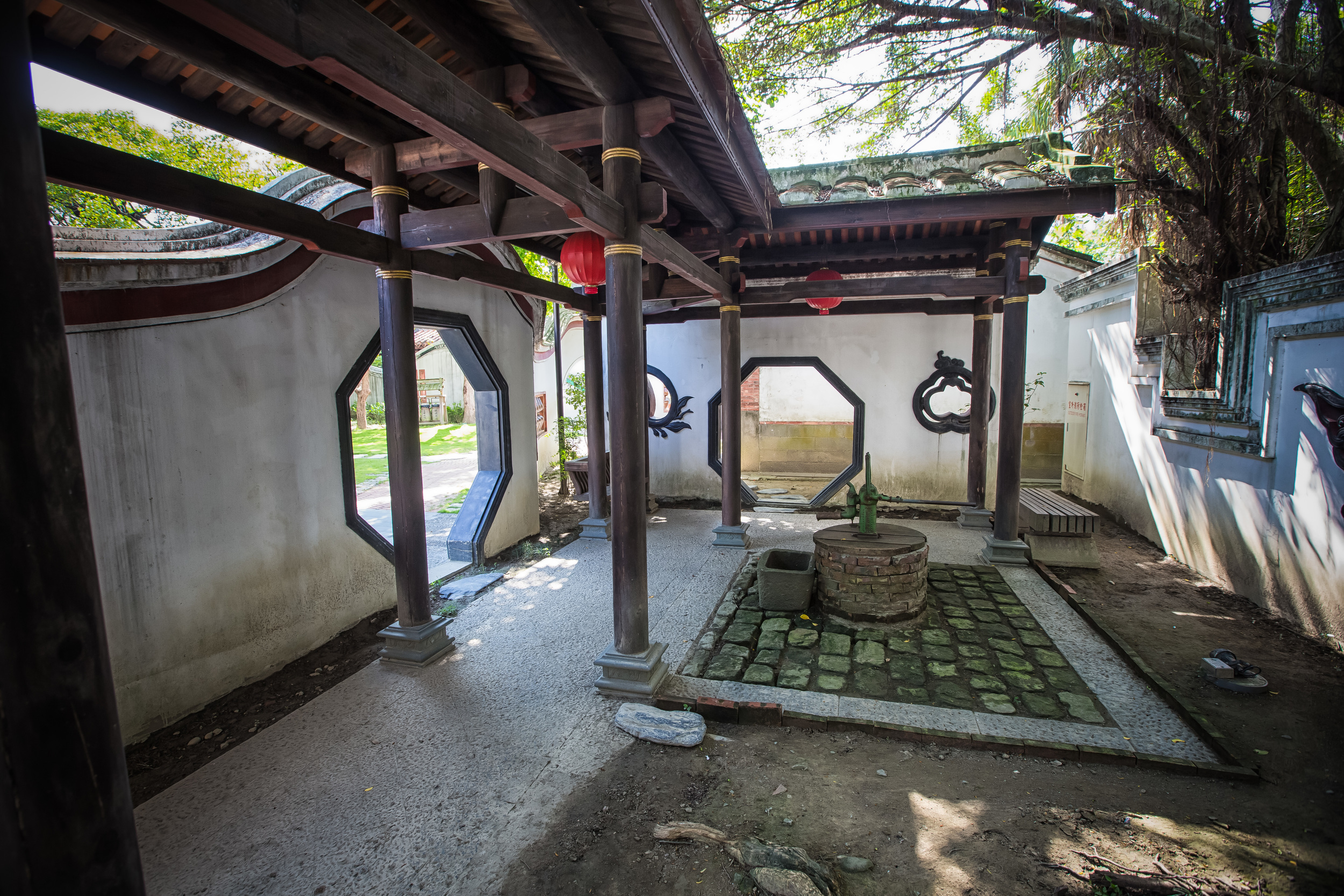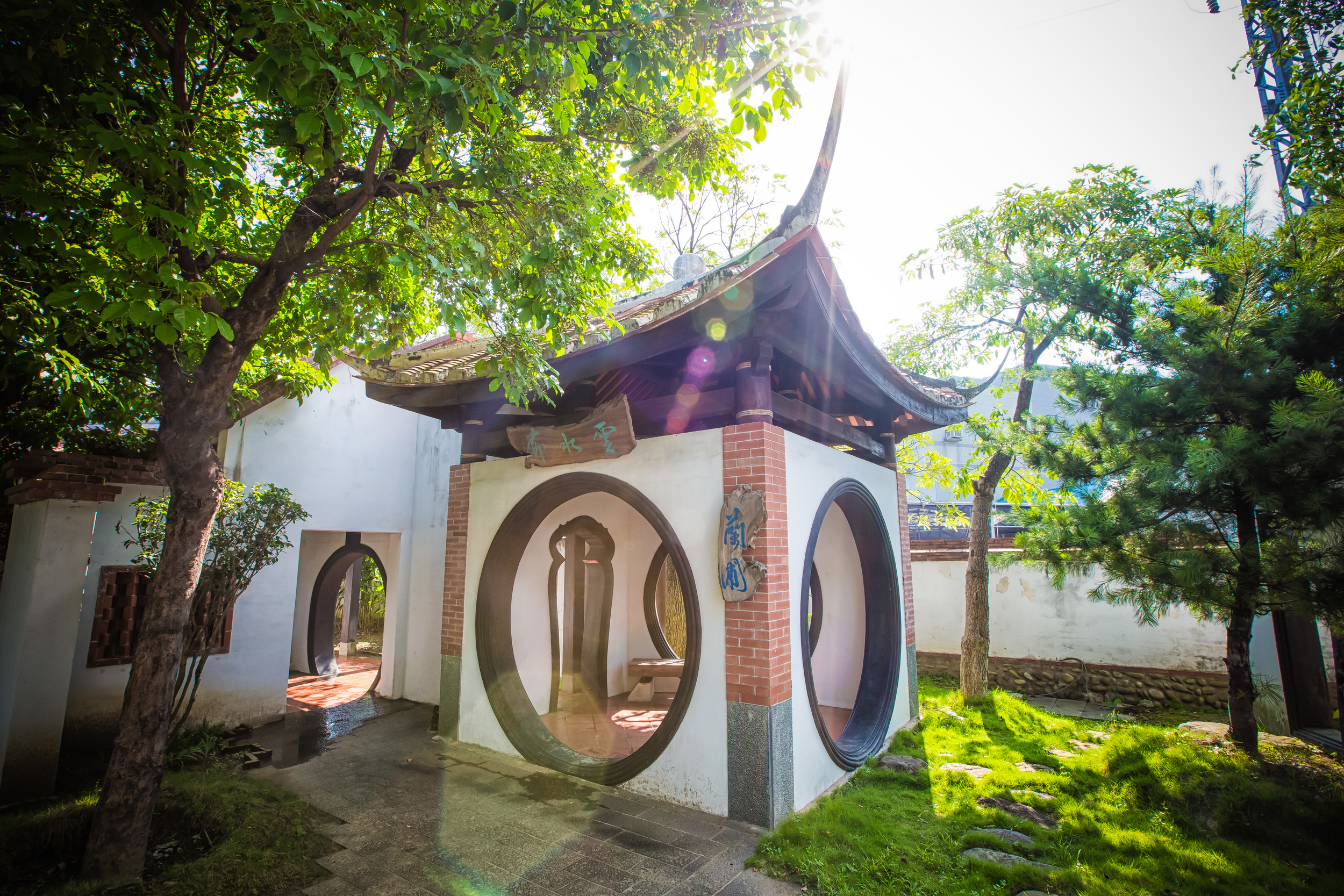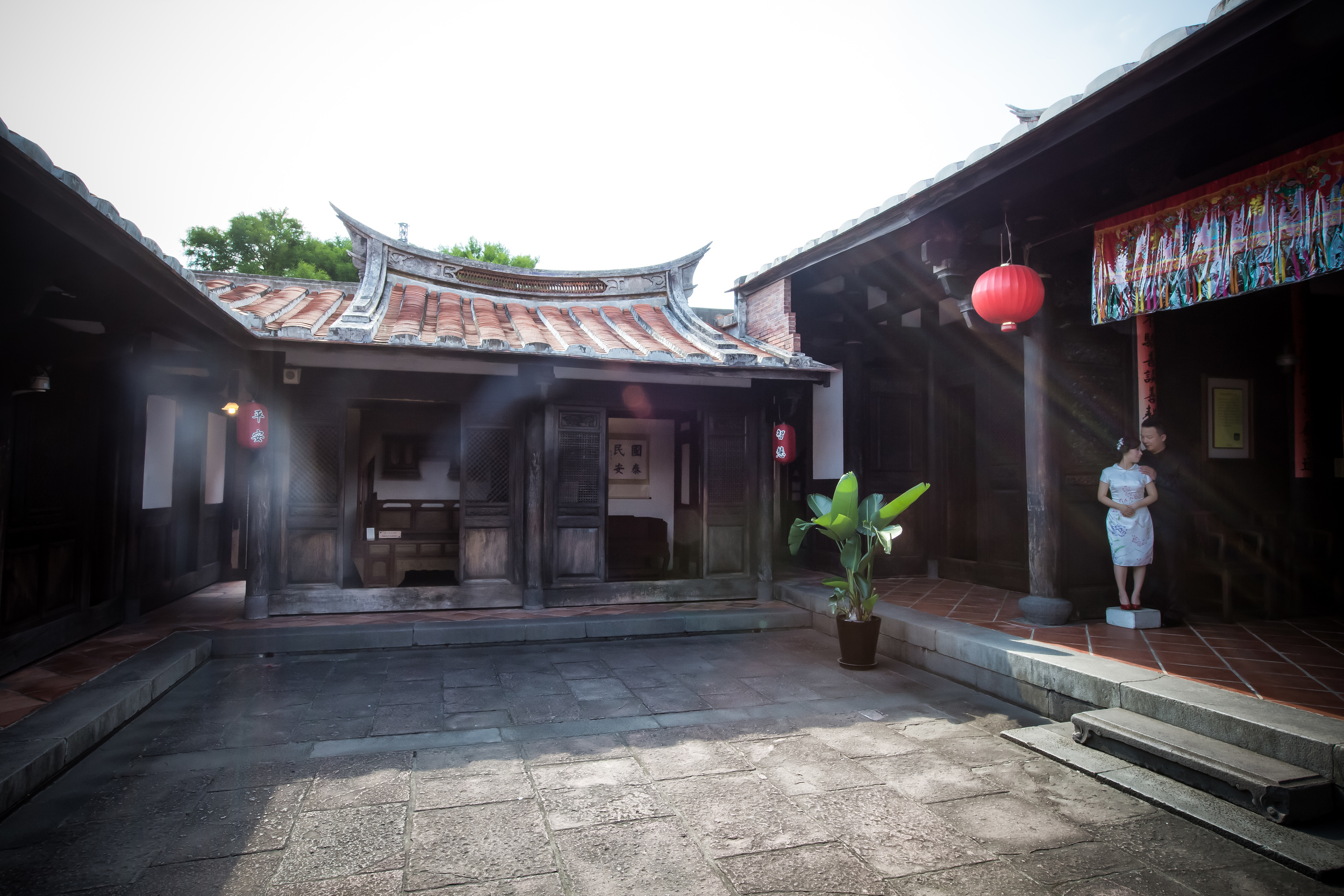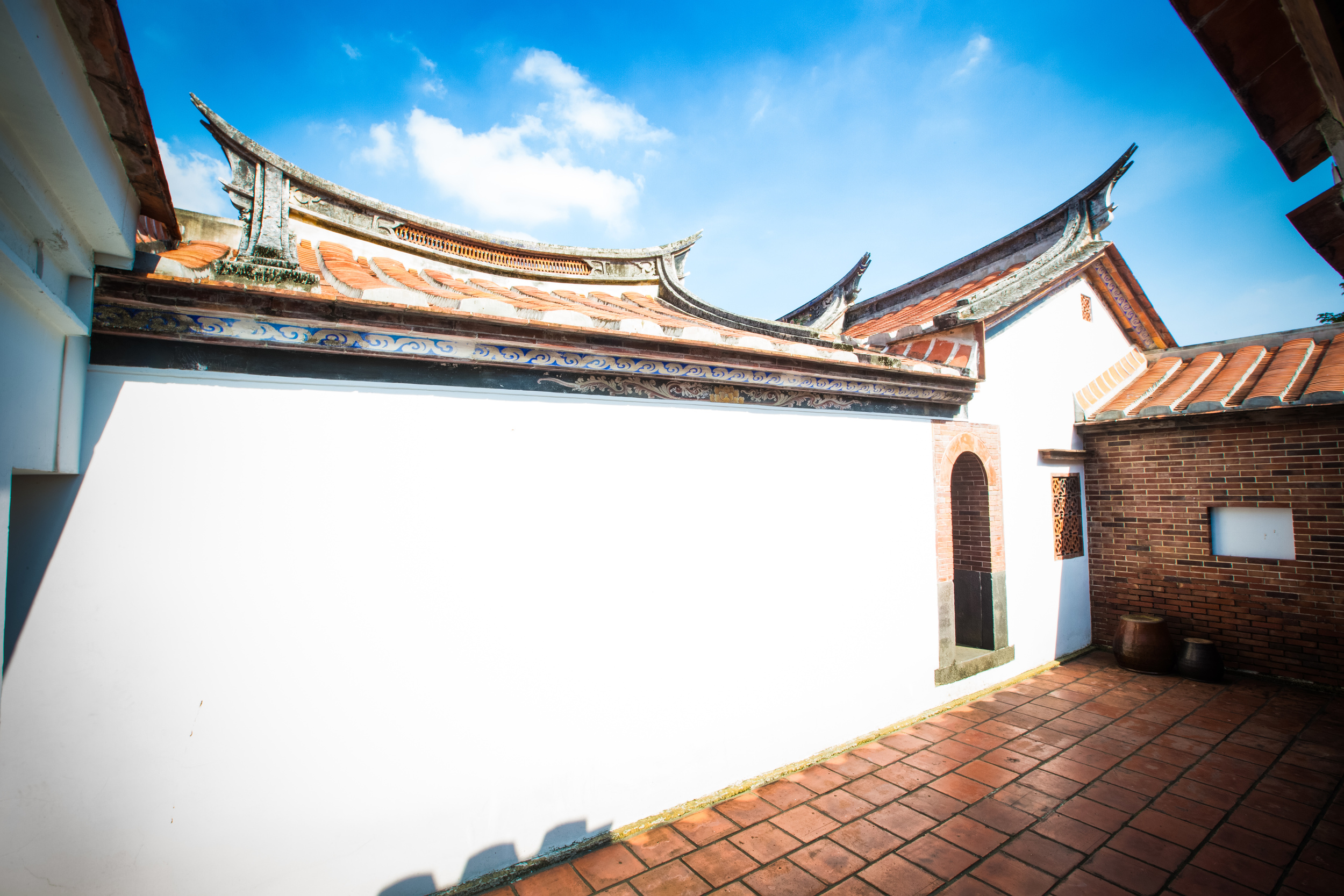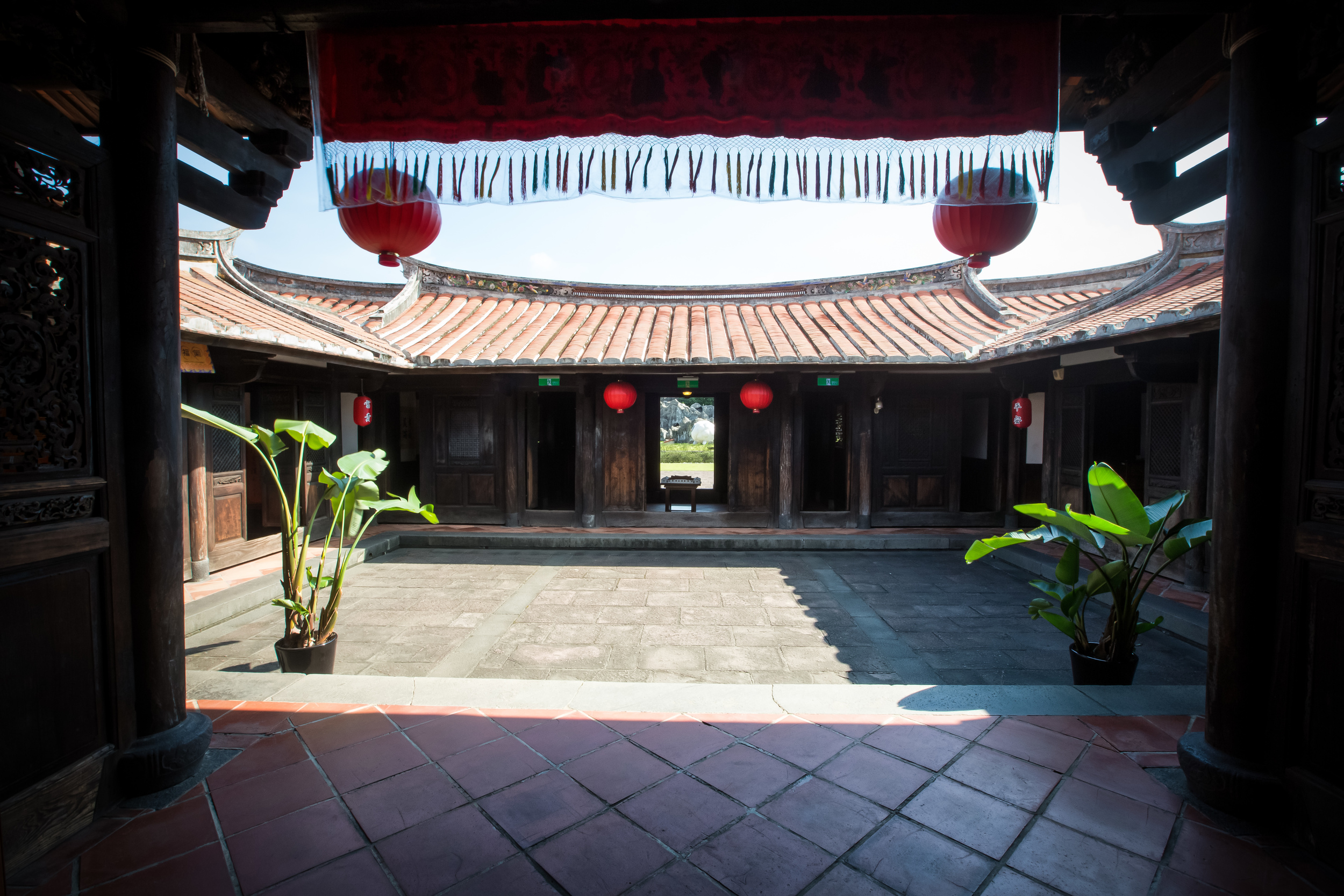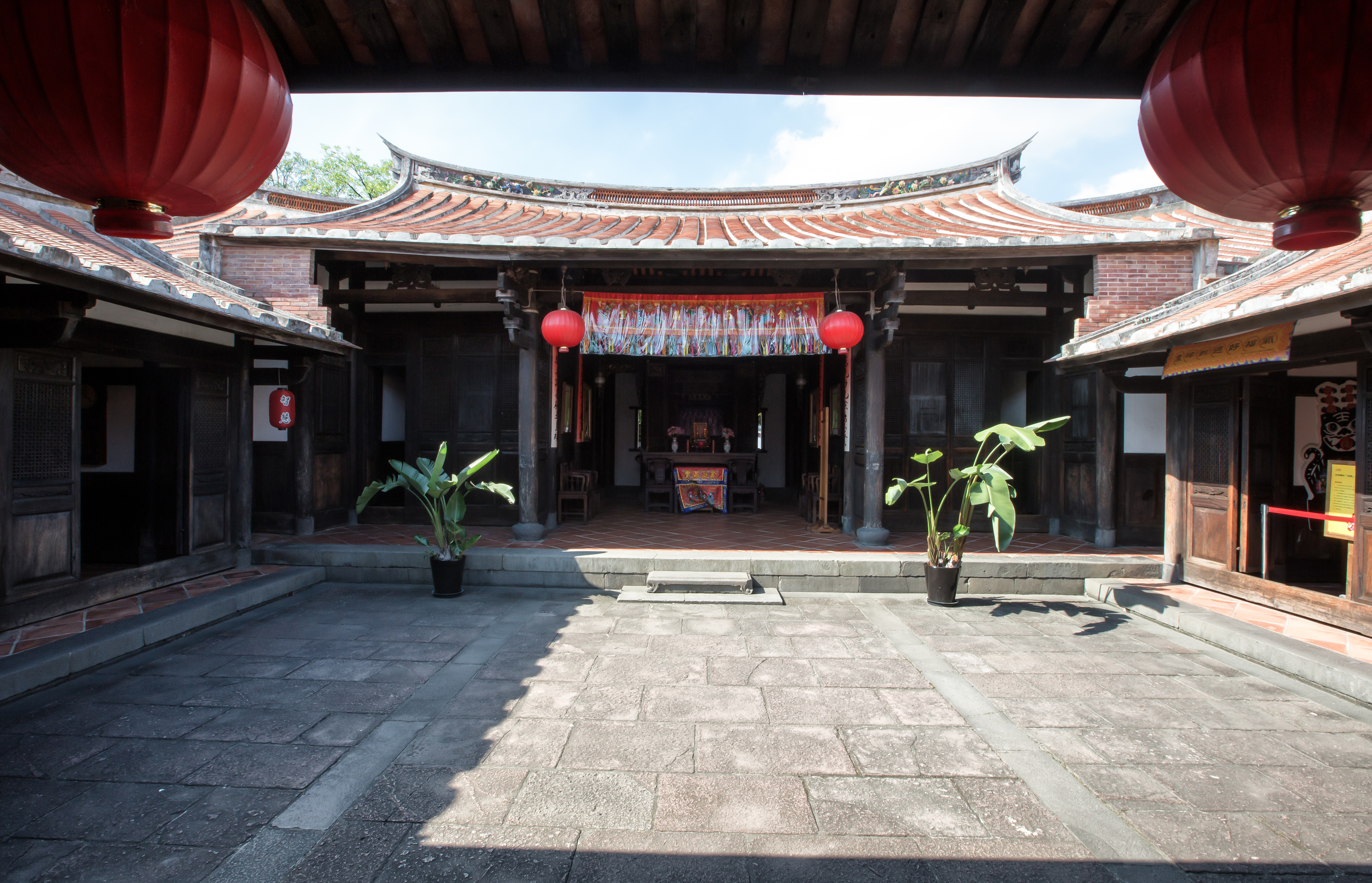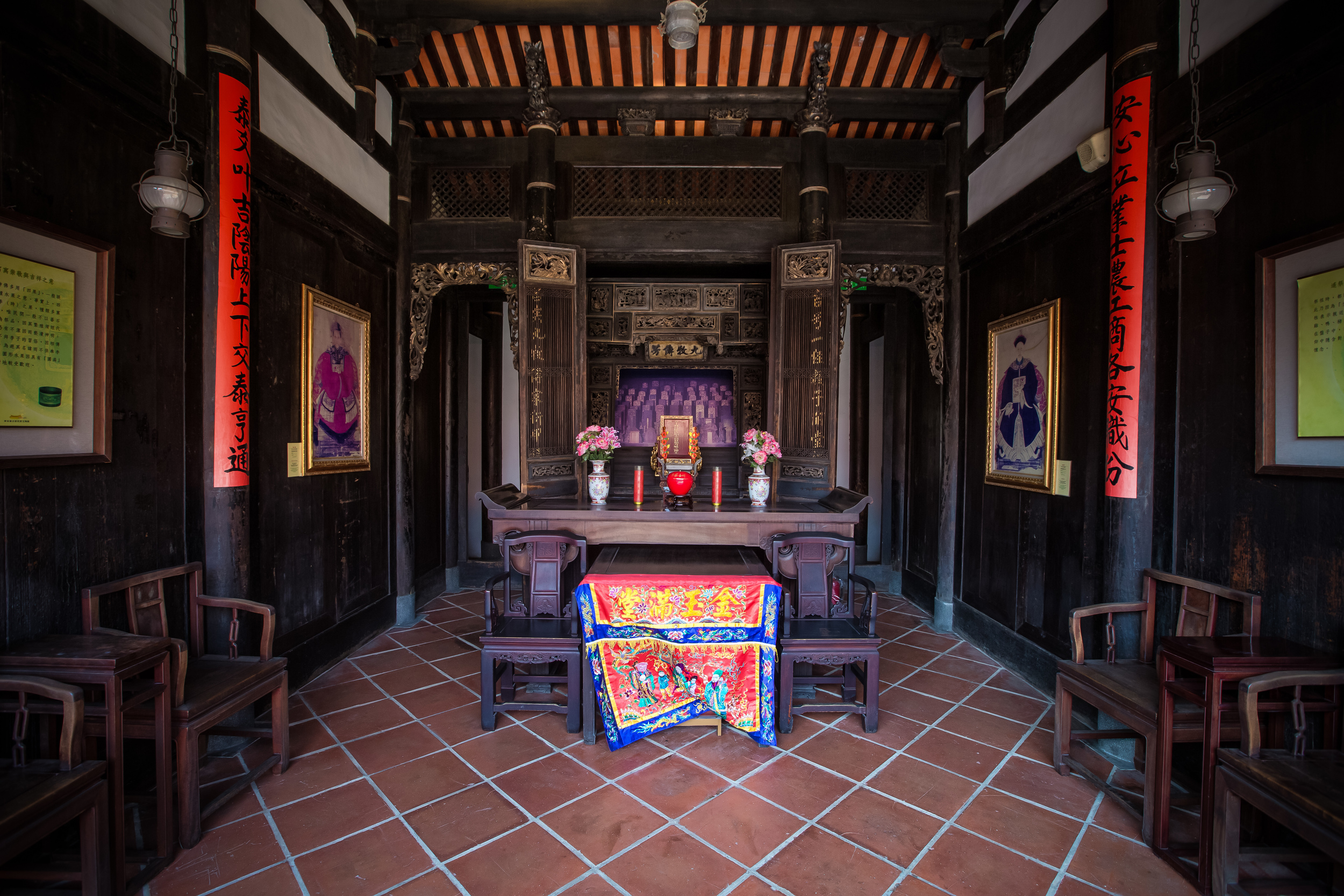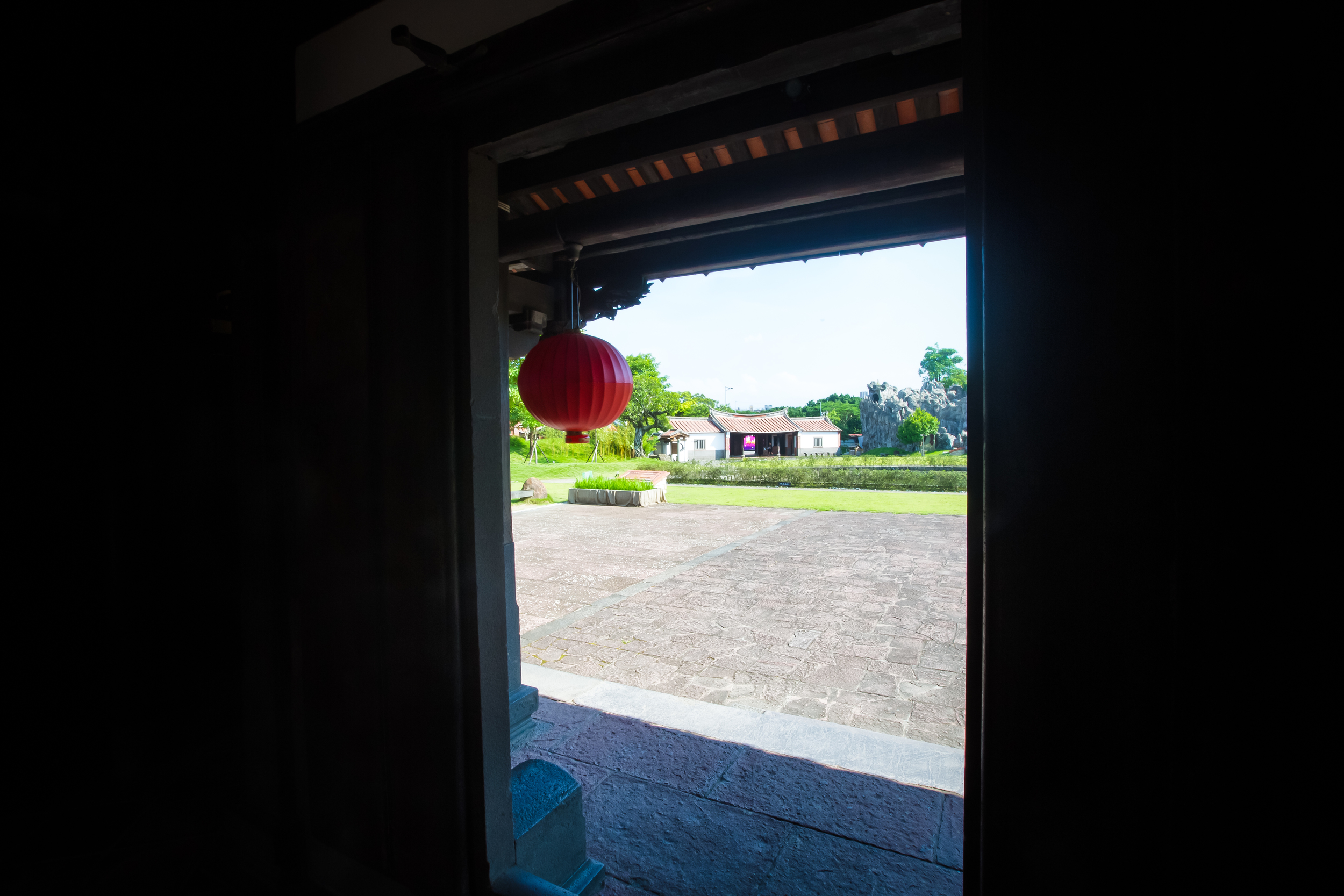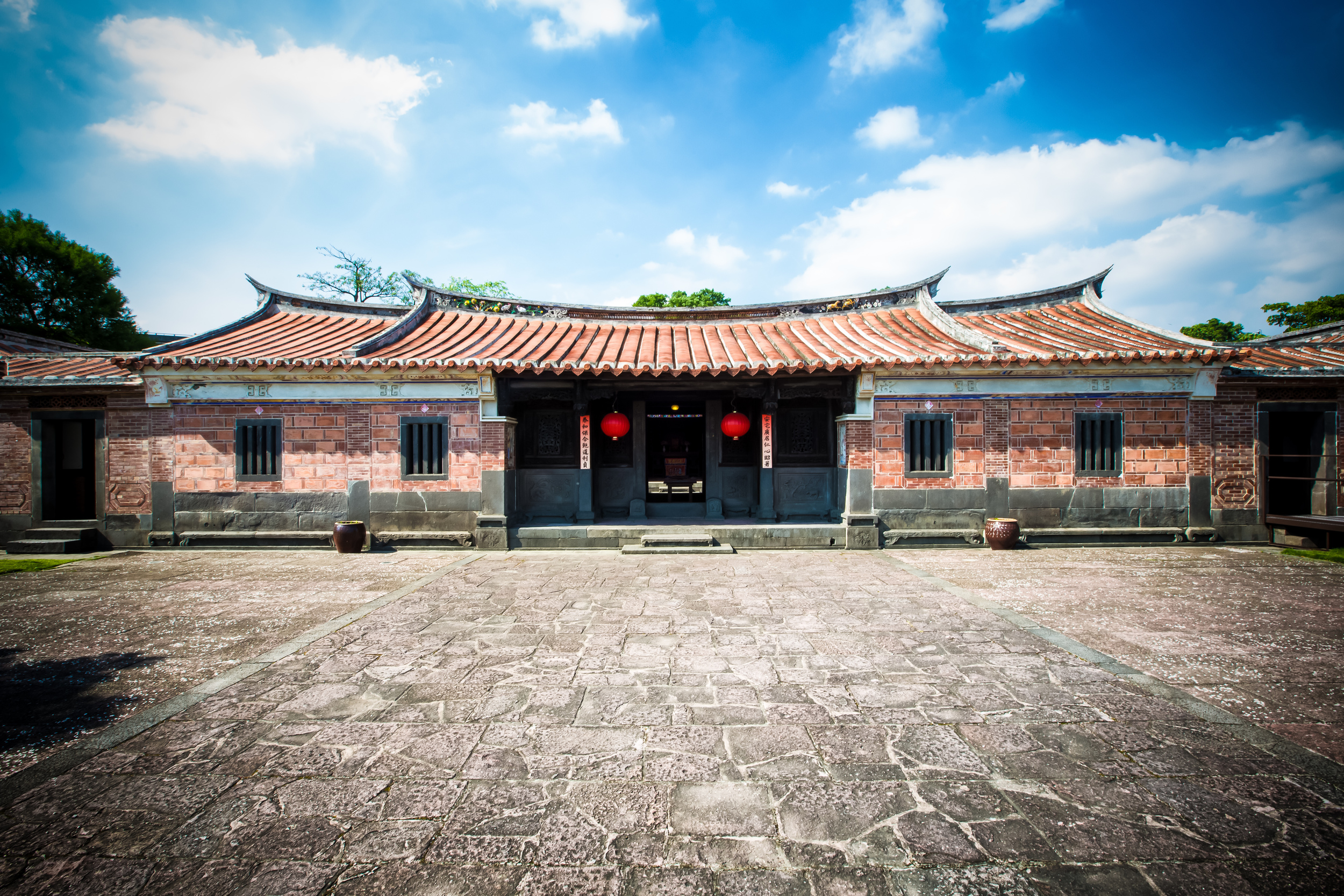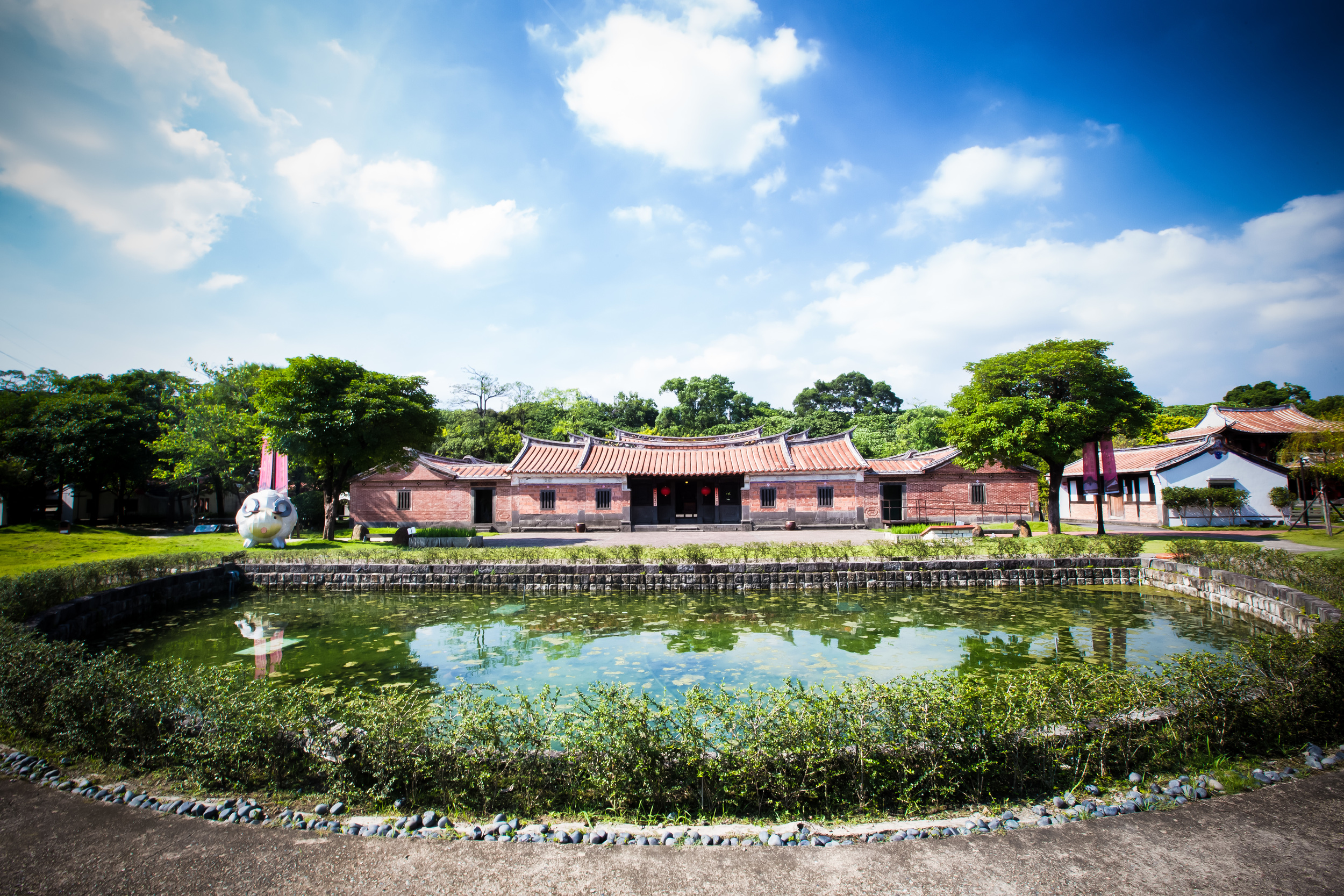People often ask me how I'm able to find so many 'interesting' places to take photos of and write about. When I think about it, its a bit of a strange question. Sure, some of the places I visit are a bit ‘different’ than most other expats but I've never really considered them all that obscure.
After over a decade of living in Taiwan I feel like I’ve pretty much exhausted all of the ‘typical’ well-known tourist attractions meaning that as a long-term traveller, I have to be a bit more adventurous and try harder than the average tourist.
To that effect, I suppose that there are quite a few places that I visit and blog about aren't likely to be introduced in Lonely Planet or any other English guide books. In truth, everyone knows about places like the Chiang Kai-Shek Memorial Hall or Longshan Temple. There’s not much new to discover or to talk about when it comes to tourist spots like these while the lesser known spots keep me on my toes and means that I get to learn more and more about Taiwan and its history.
As the nation opens up more and more to global tourism and becomes an important destination for the worlds travellers, its probably more important than ever that there are English resources available for travellers - especially those who come looking for something off the beaten path. One of the problems with this however is that travel resources and information regarding tourist spots outside of Taipei are rarely very helpful.
I guess that is why I try hard to introduce Taiwan as best as I can through the photos that I take and the research and translations that I do about the places I visit. I hope that I’m able to help make this beautiful country a little more accessible to the outside world.
Surprisingly, the spot I'm writing about today is one that I've passed by probably over a thousand times while riding Taipei's MRT and yet had always avoided. While I have a bit of a reputation for always wandering around Taiwan’s temples, from time to time there are some that even I try to avoid - and often for good reason!
Most of Taiwan's temples are easily accessible to the public and when you visit, no one will bother you with religious stuff or push anything on you. There are however quite a few temples belonging to certain organizations that would prefer visitors spend more time converting or donating than exploring. (See: Nature Loving Wonderland) I had always mistakenly thought that this was one of those places and I avoided going in to save myself the hassle.
I finally found a reason to visit however as I found out that there was a Japanese Colonial Era Buddhist Temple sitting right in the middle of this odd-looking temple complex. A Japanese temple of this size that is still left standing is something almost unheard of these days in Taiwan and is not the kind of thing I’m going to pass up, so I visited as soon as I could.
That being said, I did get harassed for a few minutes while inside, but it was more of an effort by someone to learn English rather than push any religious ideology!
The Linji Huguo Zen Buddhist Temple (臨濟護國禪寺) is one of the oldest and most well-preserved buildings of its kind remaining in Taipei from the Japanese Colonial Era and is a beautiful place to visit - So much so that I regret not having visited much sooner!
Yet another example of learning not to judge!
History
The Japanese Colonial Era began on April 17th 1895 when representatives from the Qing Dynasty signed the Treaty of Shimonoseki (下関条約) which signaled the end of the first Sino-Japanese War and forced China to cede both territory and copious amounts of cash to the Japanese Empire.
The colonial period which ended up lasting for a half century had its fair share of resistance from the local people and the colonial powers were certainly guilty of a great many atrocities, however the general feeling today is that people of this country share a strong bond with the Japanese and enjoy a friendship that is based off of mutual understanding and respect for each other.
When the Colonial Era started, the Japanese wasted no time starting to develop the island with modern infrastructure and also the means to create a thriving economy. As Taiwan was part of the Japanese empire, the Japanese made sure to construct buildings of Japanese cultural influence while at the same time building schools, banks, roads, etc.
Some of the buildings that were constructed included the various Martial Arts Halls, Shinto Shrines and Buddhist temples which were meant to help endear and convert the people of Taiwan into loyal citizens of the Japanese empire.
In 1900, then Japanese Governor of Taiwan Kodama Gentaro (兒玉源太郎) requested monks from the Rinzai school of Zen Buddhism to come to Taiwan, build a temple and promote Zen Buddhism in Taiwan on land nearby the newly constructed Taiwan Grand Shrine (台灣神社).
Rinzai (臨濟宗) is a sect of Zen Buddhism which is descended from the Chinese Lingji school founded during the Tang Dynasty by Linji Yixuan (臨濟義玄). Rinzai Buddhism simply put emphasizes the usage of kōans (公案) which are best described as paradoxical anecdotes or riddles that have no solutions and are meant to demonstrate the inadequacy of logical reasoning and promote enlightenment. Practitioners of Rinzai believe that through the usage of these riddles that the path to enlightenment (the ultimate goal for Buddhists) could be accelerated.
As one of Japan's various sects of Buddhism, Rinzai had flourished since its introduction in 1199 but came close to extinction when the Meiji Restoration (明治維新) started in 1868. The reforms brought on by the government focused their attention on several aspects of Japanese society that were deemed to be ‘feudalistic’ or ‘foreign’ as well as bringing an end to the Tokugawa Shogunate, the daimyo and the samurai class which were considered a burden on the state despite their cultural importance.
Buddhism, which was the most widely practiced religion at the time was also targeted and replaced by Shintoism as the state religion in an attempt to cultivate Japanese nationalism, the notion of Japanese cultural superiority and the idea that the emperor was divine.
Buddhism was perceived by the Meiji as a religion of foreign origin and therefore inferior to the culturally superior state Shinto religion. Making matters worse was the fact that Rinzai was once closely linked with the former feudalistic social system and for centuries enjoyed the perks of being under the patronage of the Samurai class. This meant that in order to survive, Zen Buddhism had to quickly change and adapt to the new social order or face destruction.
The changes that were made by the various schools of Buddhism altered the core approaches and interpretations of the Buddha’s teachings to coincide with an unquestioning support for the Japanese government, its policies and the divinity of the Emperor. The new uneasy alignment with the Japanese government allowed for Japanese Buddhism to survive, but also forced it to abandon some of its key principles and practices and help promote militarism.
Buddhism’s conformation to state ideology however was not something so easily accepted by the government and during the period of the Meiji Restoration over 4,500 Buddhist temples were either closed or destroyed and monks were either drafted into the Imperial army or forced to return to ordinary life depending on their age.
While Buddhism faced difficulties during the Meiji Restoration in Japan, Taiwan was a bit of a different story where monks were sent with military regiments in order to provide spiritual service to the army which in the early days of the colonial era had to quell several rebellions.
Coincidentally the monks who came to Taiwan in the early days of the colonial era made similar attempts to convert the population that Christian missionaries did. The Japanese government supported these efforts for a while but ultimately stopped funding the monks as there was a larger push to promote Shintoism in Taiwan.
Governor General Kodama Gentaro who was himself affiliated with the Rinzai sect invited his university classmate Iori Genshu (梅山玄秀), a well-known Rinzai monk from Osaka to come to Taiwan and become the abbot of the temple which was to be constructed.
Construction on the temple took over a decade and was completed in 1911 (明治44年) with the original name Chin'nanzan Gokoku-ji Temple (鎮南護山國禪寺) which ultimately means that the temple was meant to help Protect the Southern Lands of the Japanese Empire.
Design
In the decades since the end of the Japanese Colonial Era the temple complex has been expanded upon and buildings have been built up that surround it and block it from the outside. Part of the reason why I never really knew that this temple existed in such a popular and busy tourist location is that it was pretty much hidden from plain sight by a temple design that seriously looks like it was crafted in the 80s.
The original complex consisted of a Main Hall, a Gate and some administrative buildings but today it has expanded considerably with two large halls, an administrative office, a large dormitory for the monks or guests of the temple and an area on the small mountain behind it where there are graves and statues of the Buddha.
I’m not going to touch on all of the new additions but the Main Hall, the Gate and the grave site of former temple abbot Iori Genshu are all important to mention.
Main Building (大雄寶殿)
The Main Building of the temple complex is the main attraction for visitors coming to the temple. It is the oldest remaining wooden structure built in Taiwan during the Japanese Colonial Era and also one of the largest. Built entirely of Taiwanese Cypress, a kind of wood that the Japanese lovingly refer to as hinoki (檜木), the temple is not only beautifully constructed with this wood but also extremely aromatic, especially if the past few days had some rain.
The building known as the Hall of Great Strength (大雄寶殿) houses the main shrine which is dedicated to Shakyamuni Buddha (釋迦) and is a common name for a main hall of the Buddhist temple which contains an image of the Buddha.
The temple is designed with architecture that was typical of the Edo Period (江戶時代) which was the period of rule where the Tokugawa Shogunate (德川幕府) controlled Japan between 1603 and 1868 ending with the restoration of the Meiji Emperor.
The main hall is elevated off of the ground and has the easily identified four sided ‘hip and gable roof’ (懸魚) that resembles a mountain and has “owl’s tails” (鴟尾). The special thing to notice about the temple though is that on each of the owls tails you will find something known as an Onigawara (鬼瓦) as well as the word “Town” or “Guard” (鎮) on each of the end tiles (瓦片).
An Onigawara, otherwise known as an ogre tile is a type of roof ornament that depicts a Japanese ogre or what we might refer to as a “demon” in English. The tricky thing about referring to these “oni” (鬼) as demons is that they aren’t specifically evil in the English sense of the world although they are meant to be fearsome and have the ability to scare away evil spirits which might attempt to visit the temple. Practically speaking, the Onigawara tiles were meant to assist in protecting the roof from weathering and also the weather.
For more about Onigawara, Japanese imagery and another Japanese-Era building in Taiwan, check out my friend Alexander’s blog about the Fenyuan Town Hall in central Taiwan.
Link: Fenyuan Town Hall (芬園庄役場) (Synapticism)
The end tiles on the roof each end with a circle and have the Chinese character “鎮” on them which refers both protection and the original name of the temple.
When it comes to the roof, you have to pay a bit of attention to the details that went into its construction and make sure not to miss the wonderful designs that are distinctly Japanese and are not something that you’ll commonly see in Taiwan these days.
The inside of the main hall is currently off-limits to visitors as the hall is going through an on-going renovation project. You are able to view the inside from the main entrance but they have blocked it off for outside guests. The interior of the temple is made completely of wood which shines in the afternoon sun.
As mentioned above, the temple is dedicated to Shakyamuni Buddha (釋迦牟尼) but there are also shrines dedicated to Guanyin (觀世音菩薩) and Ksitigarbha (地藏菩薩). Above each of the Buddha’s are plaques that read “Compassionate and Kind” (慈悲為懷), “Transcending Time” (現壽者相) and “Commandments and Longevity” (戒壽並尊) respectively.
The temple has been going through a long period of renovation over the past few years and while the outside has ultimately been completed, the interior still has quite a bit of work to do before its completed. The original renovation commenced in 2007 and ended in 2010 with the temple raising over $85 million NT (3 million US) for the project. Fresh cypress was shipped in from the forests of Yilan on Taiwan’s east coast while the roofing tiles were specially ordered from Japan to help with the temple’s authenticity.
Old Gate / Bell Tower (舊鐘樓山門)
The old gate to the temple seems as if it is still under renovation and although it is for the most part completed it is mostly just for decoration. Today it is the resting place for hundreds of pigeons who hang out all day. The door to the gate is closed and people are unable to pass through it anymore but its fine because there is an alternate entrance to the temple beside it. The gate is designed in the same way as the Main Hall with the same roof and the same wood.
The sad thing about the gate though is that there is a giant stone slab next to it that had the original name of the temple as well as the date it was opened. The problem is that while most of the characters are still there to help identify the temple, the time period has been vandalized which is something I complained about in my blog about the former Taichung Shinto Shrine. The gate would have said something like “明治44年” on the side, but considering political sensitivities after the end of the Second World War, it was likely demolished like quite a few other buildings of Japanese cultural significance.
Getting there
Getting to the temple is extremely easy - All you have to do is hop on Taipei's MRT system's Red Line and take the train to Yuanshan MRT station (圓山捷運站). In addition to this beautiful historic temple the Yuanshan MRT station is an area of the city where travellers could easily spend an entire day checking out the beautiful Flora Expo Park (花博公園), the historic Lin An-Tai Mansion, Taipei's Confucius Temple (台北孔廟) and of course Bao-An Temple (保安宮) all of which are in walking distance from the station.
It isn't likely that you'll find this temple in English guide books, but as it has recently been recognized as one of the top religious tourist destinations in Taiwan, I suspect that will eventually change. This beautiful century-old Zen temple doesn't require a lot of time to visit but is a great place to visit to experience a living piece of Taiwan's history.









